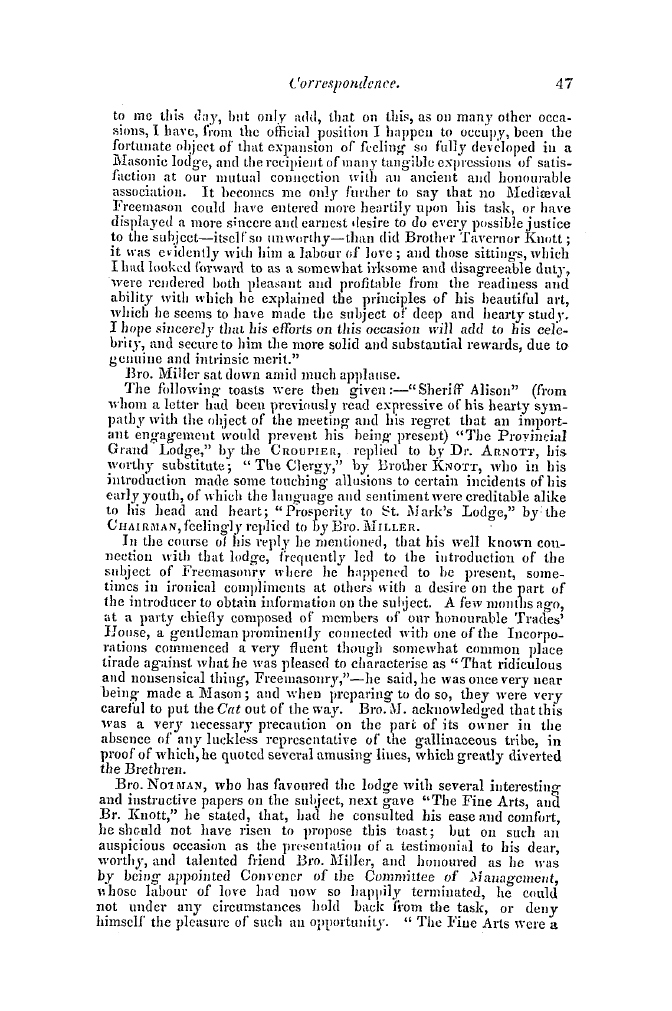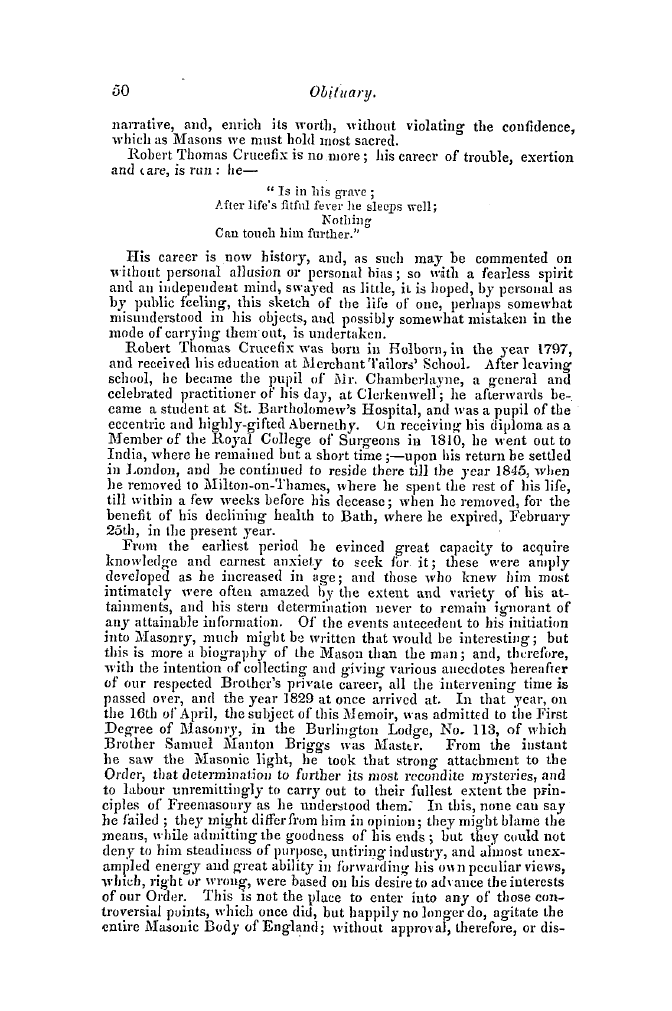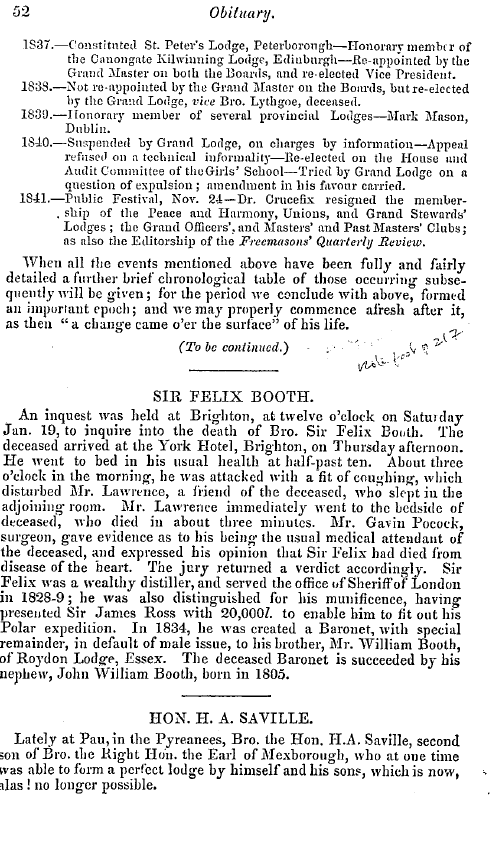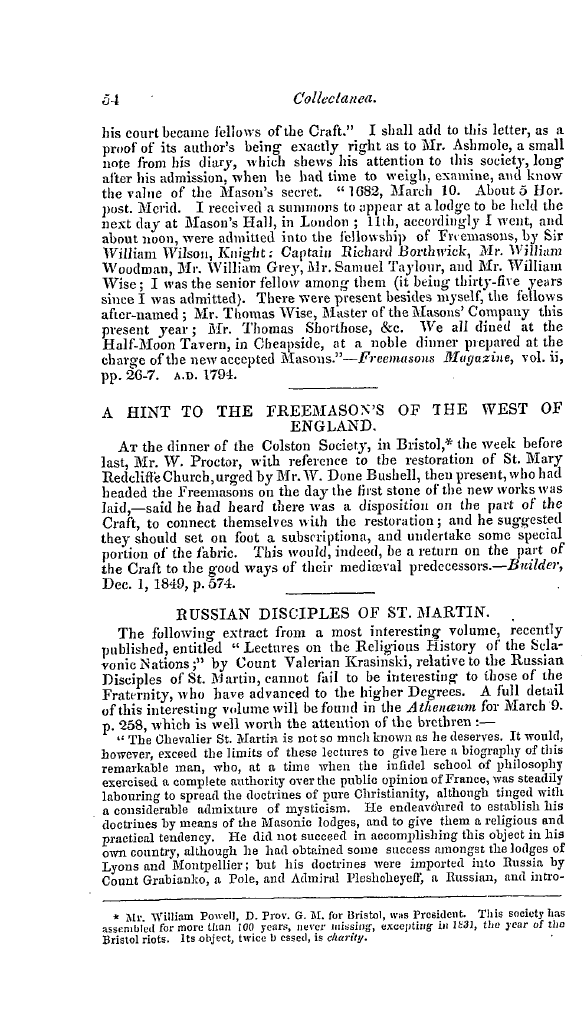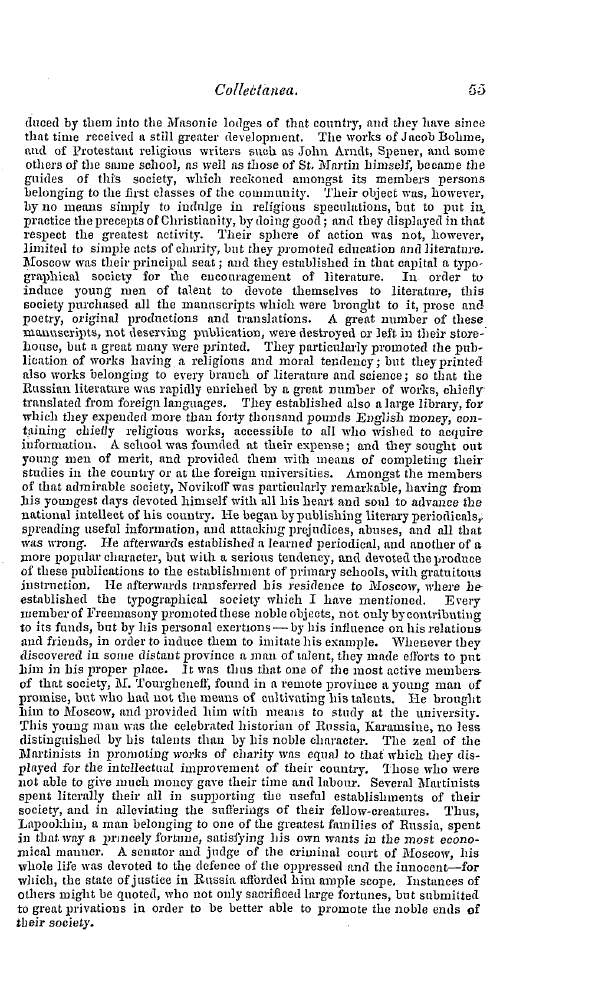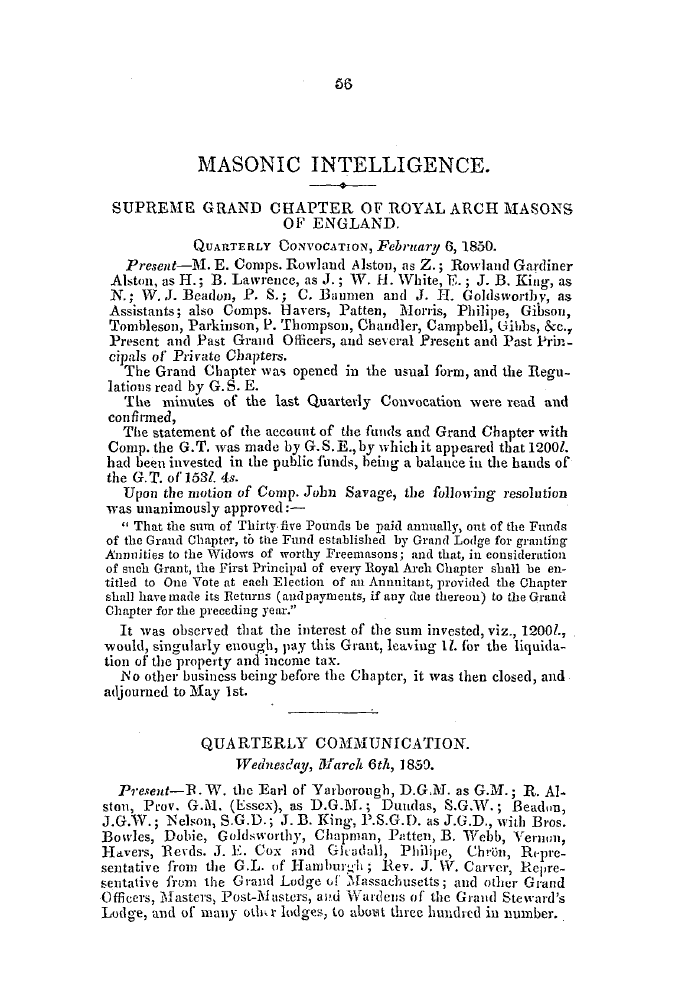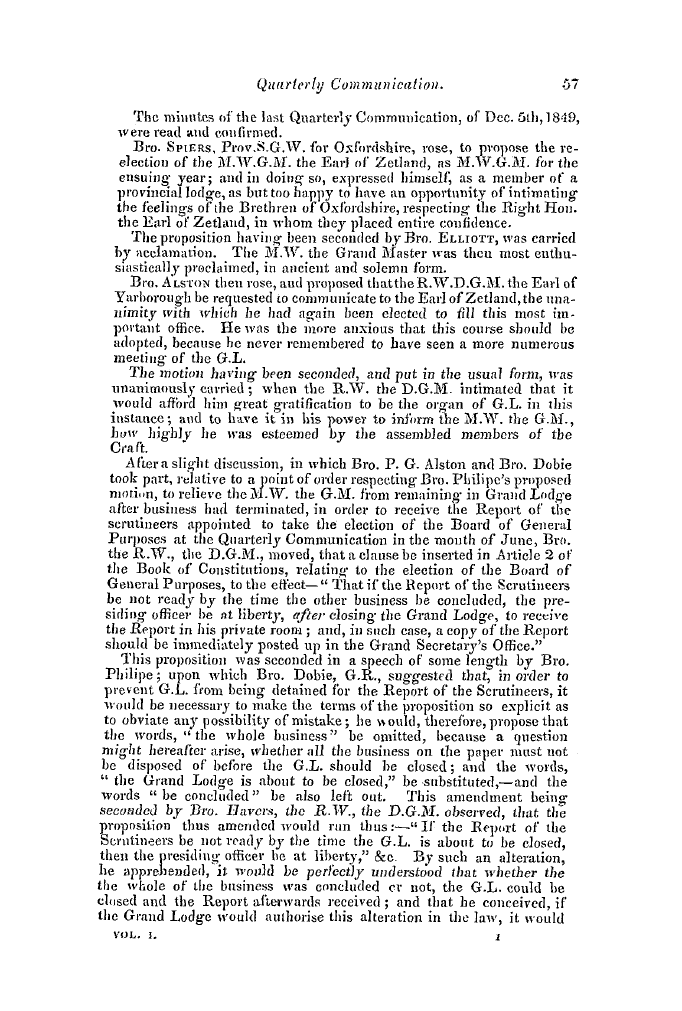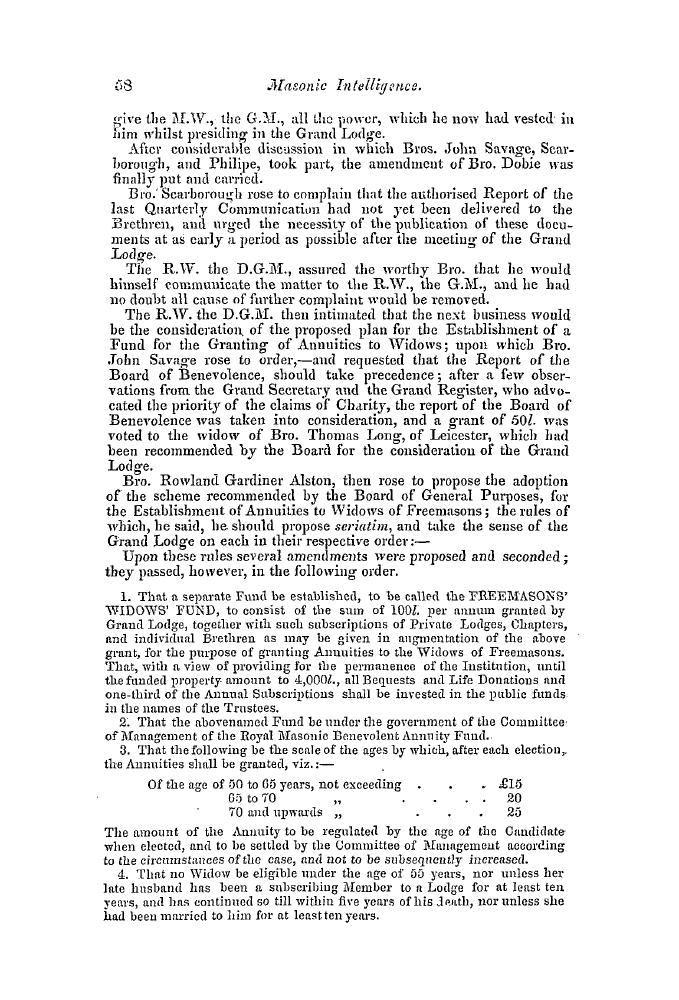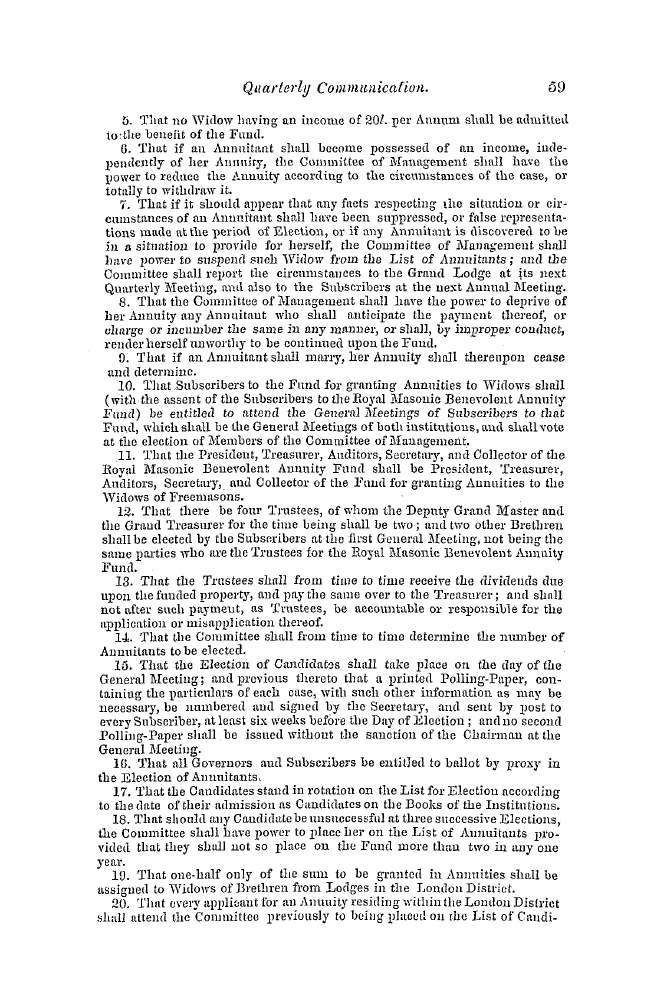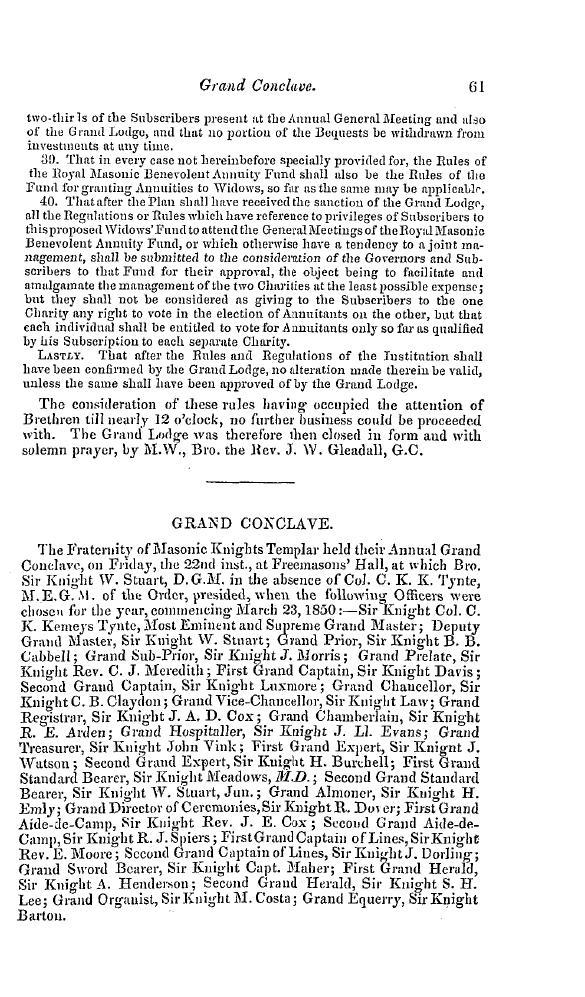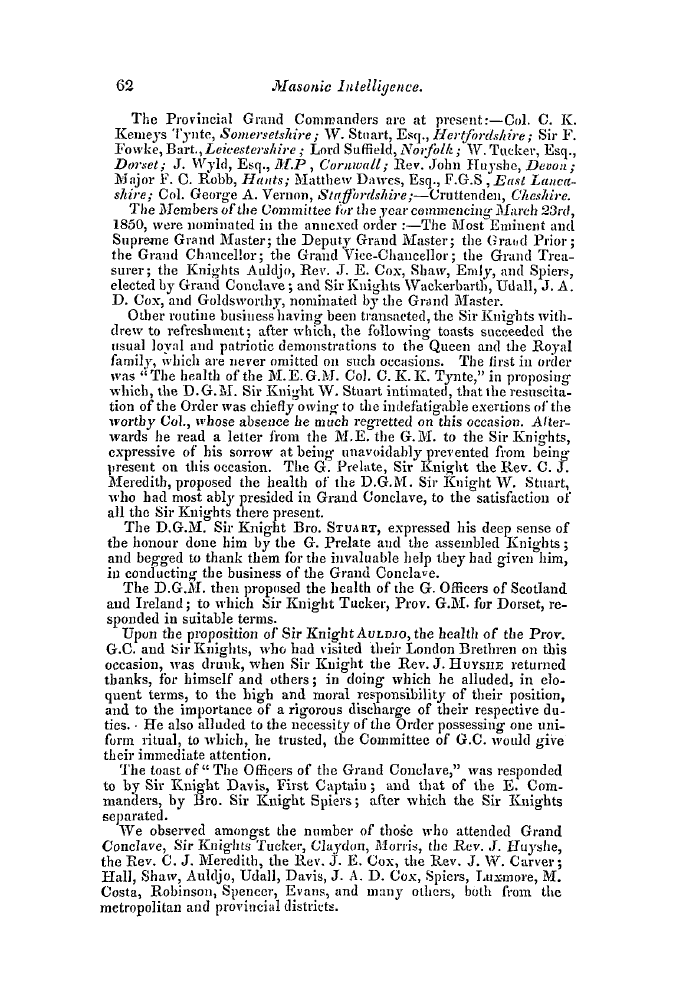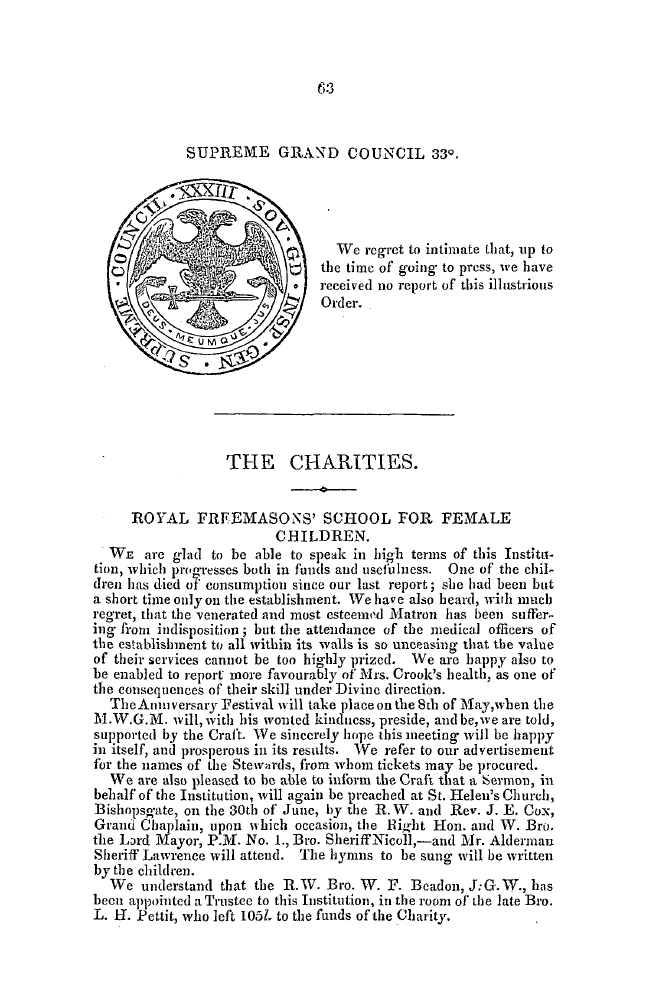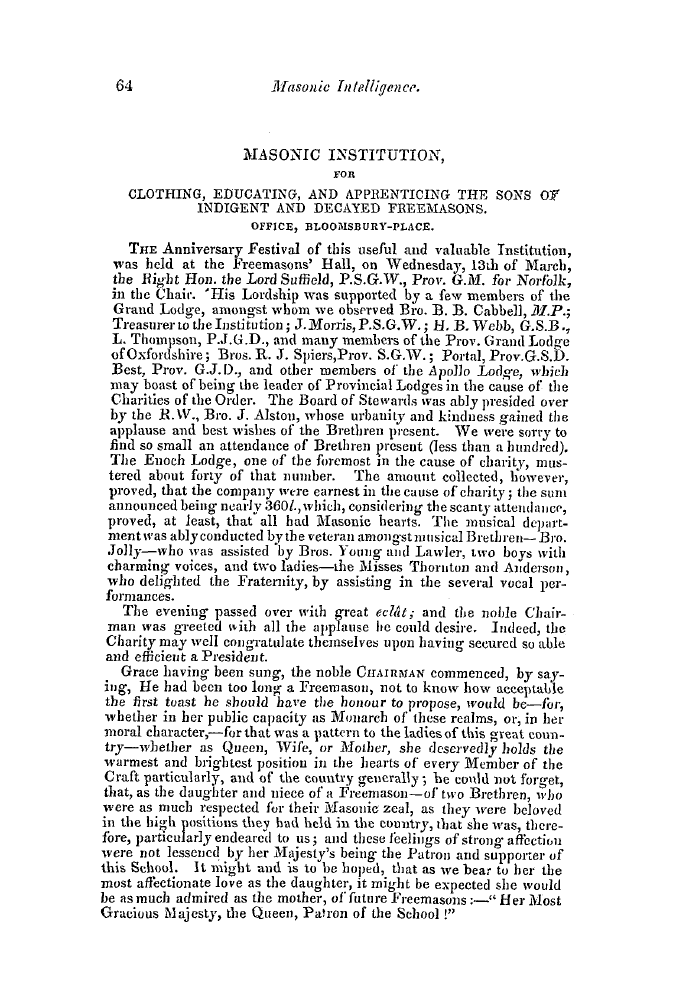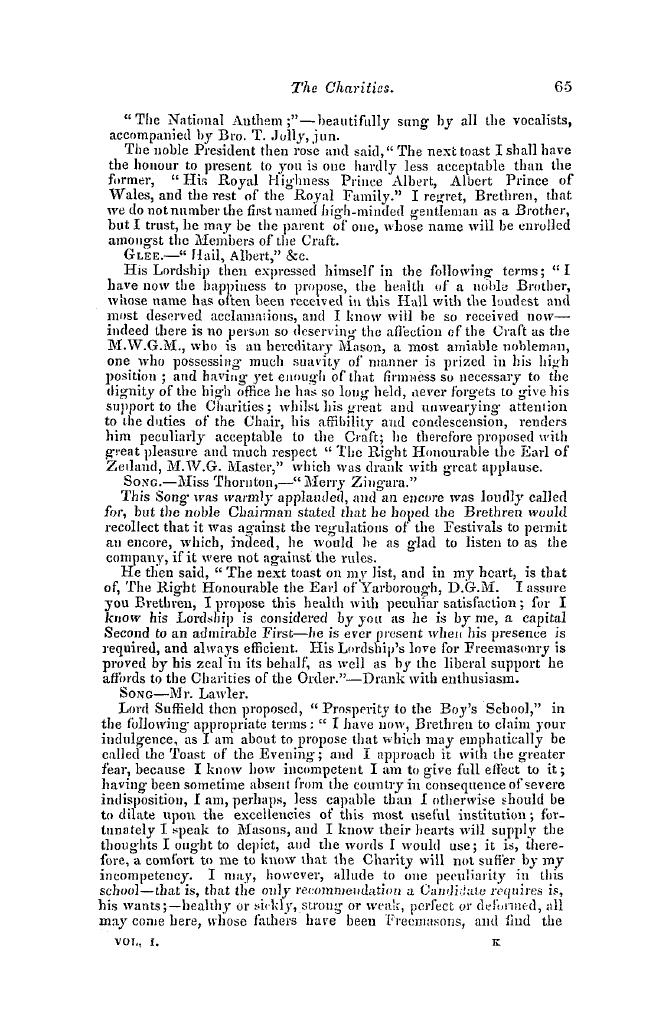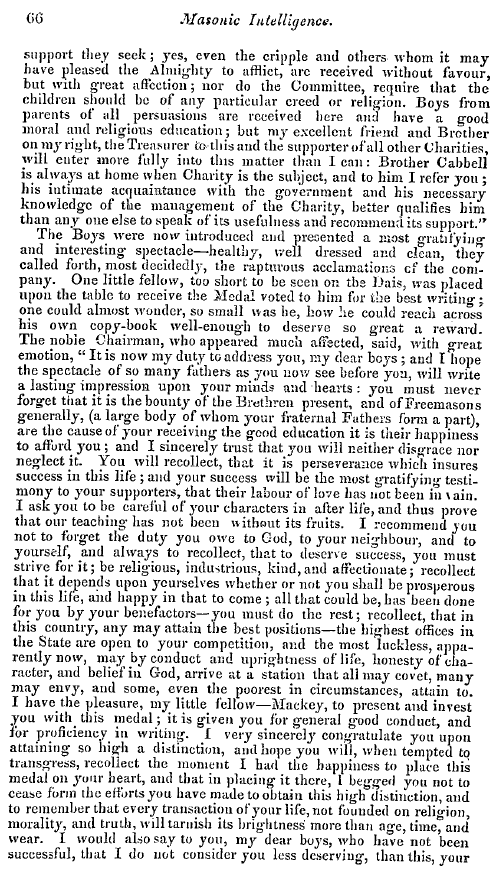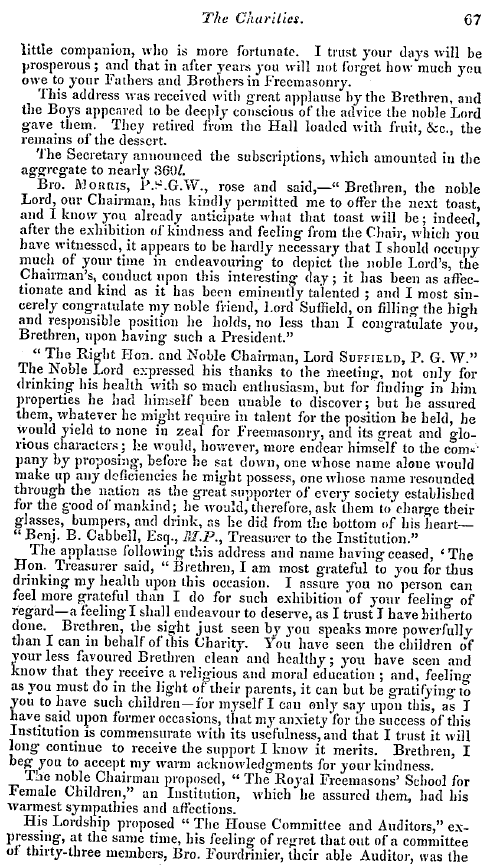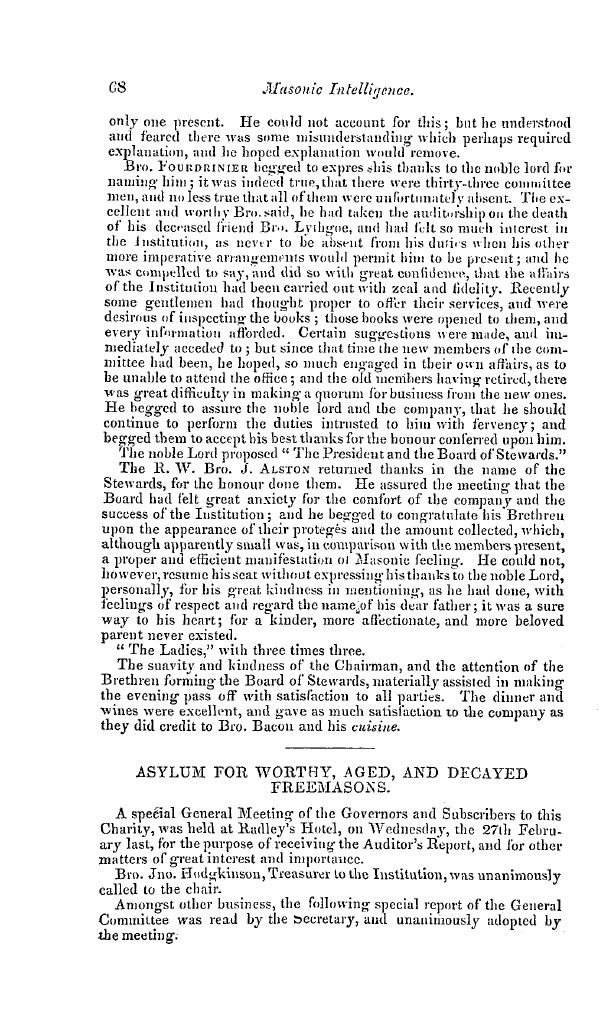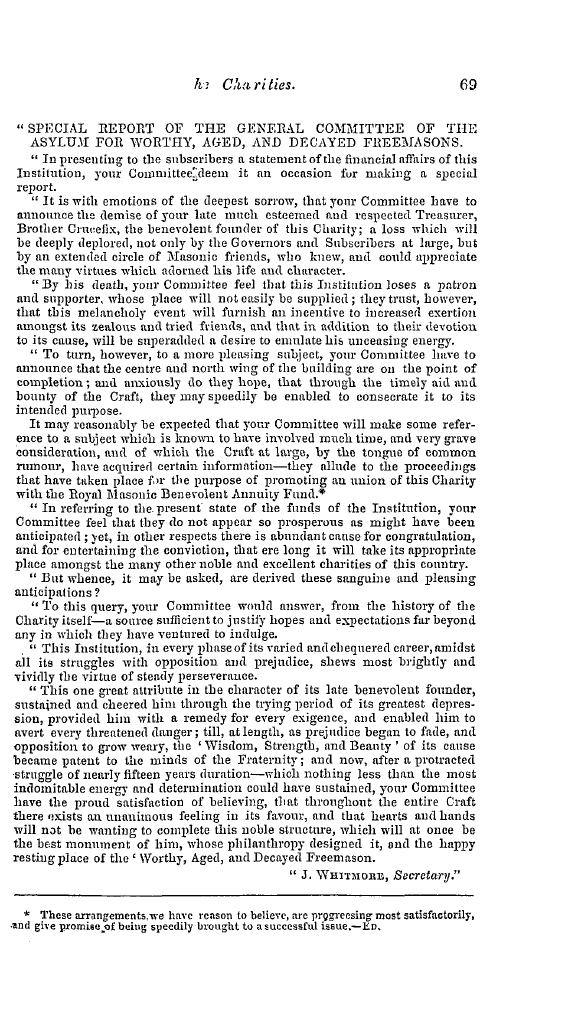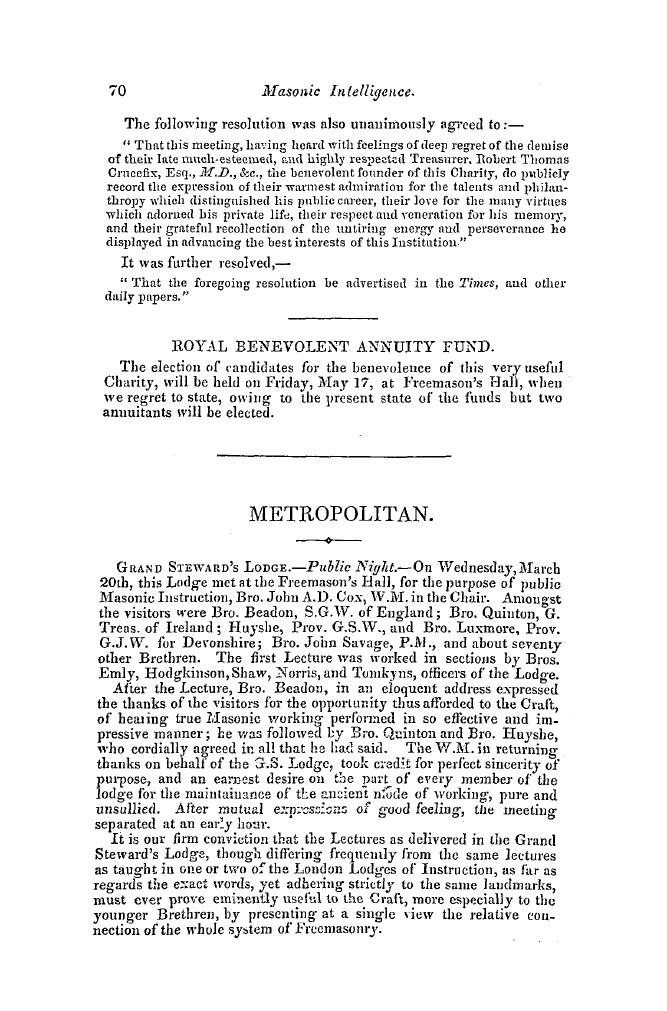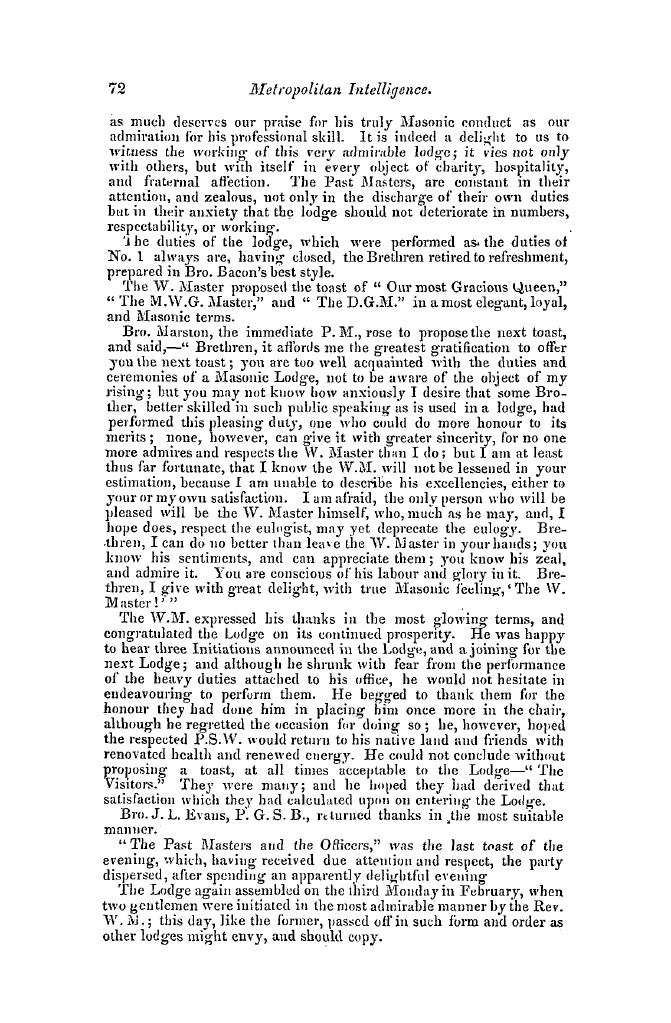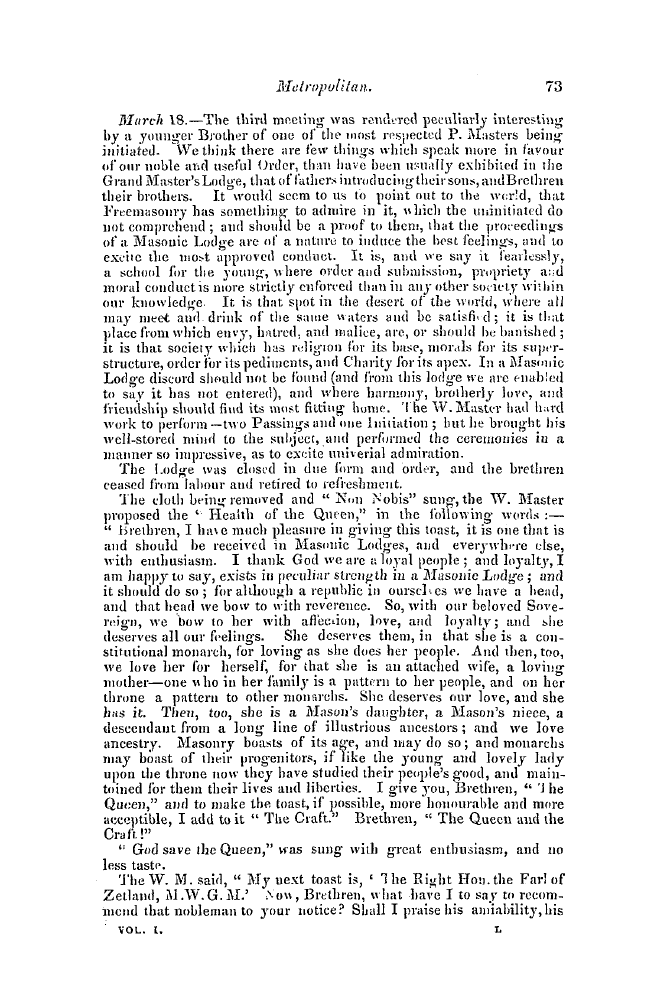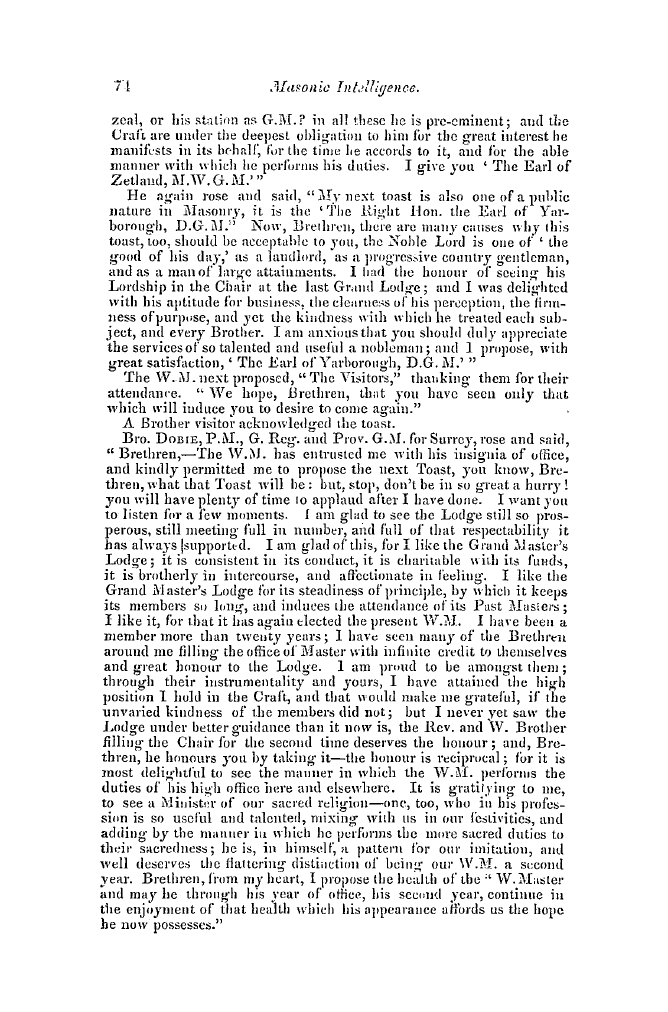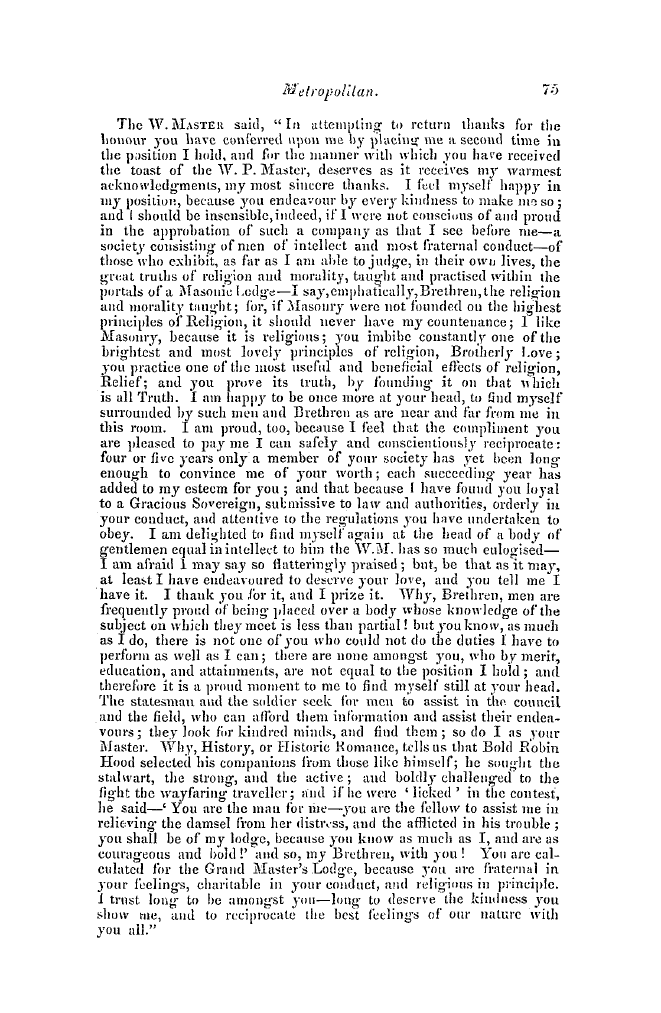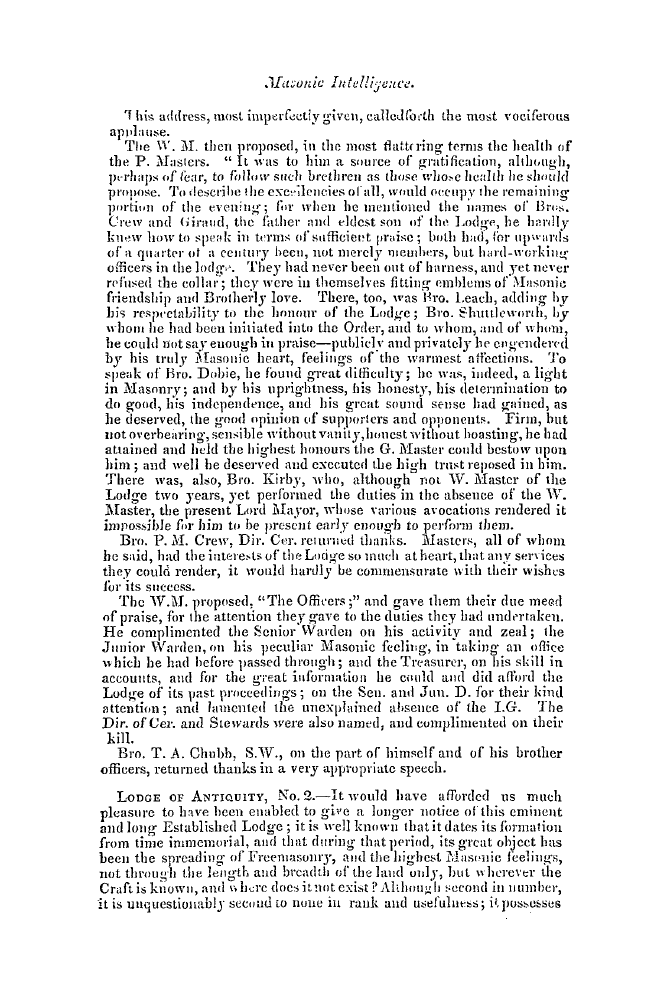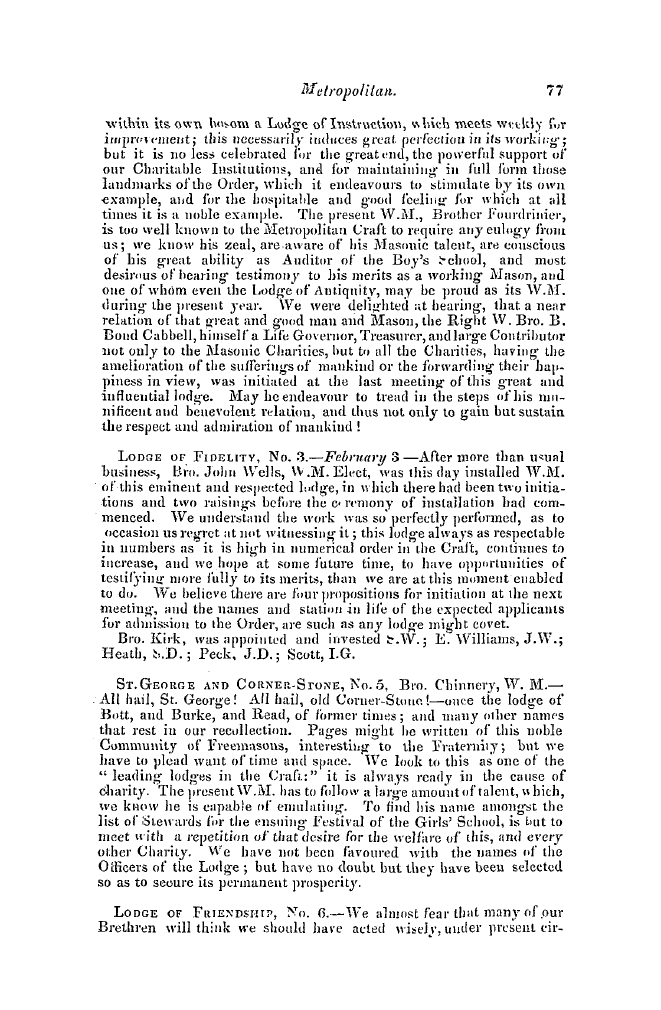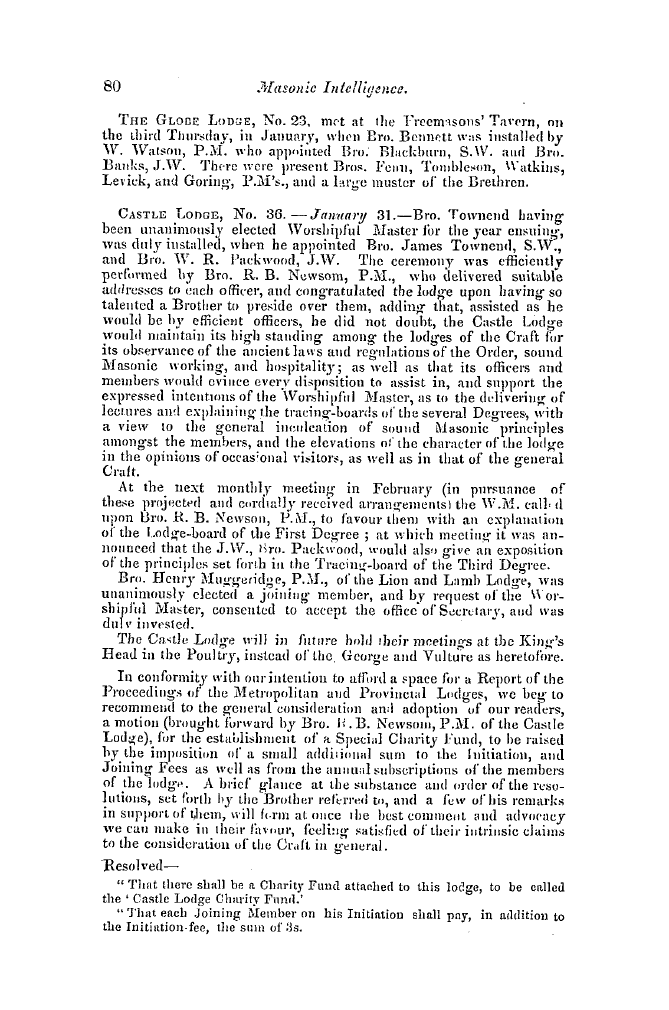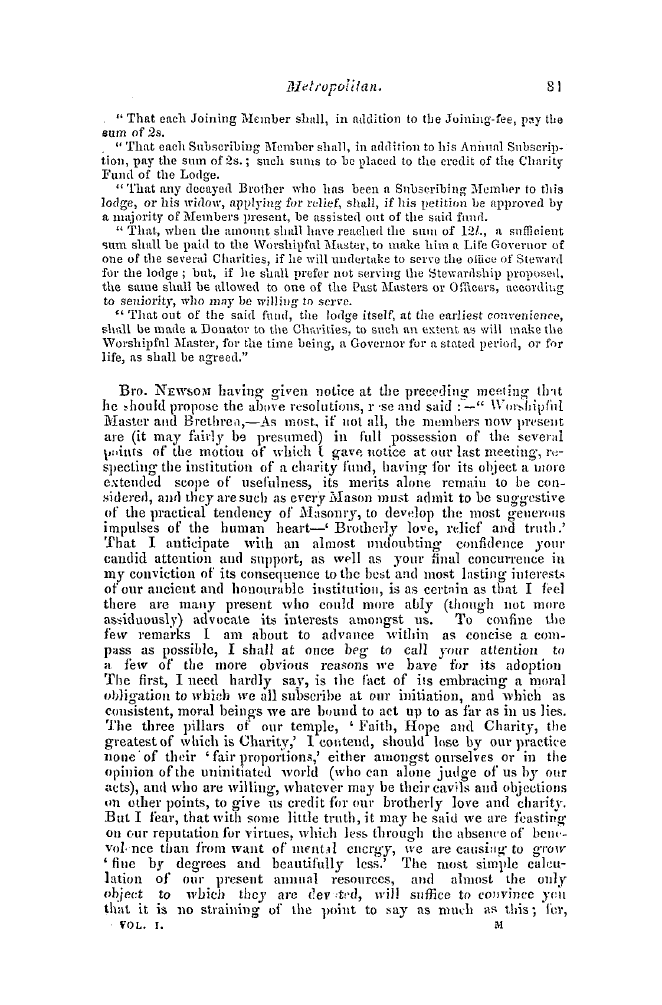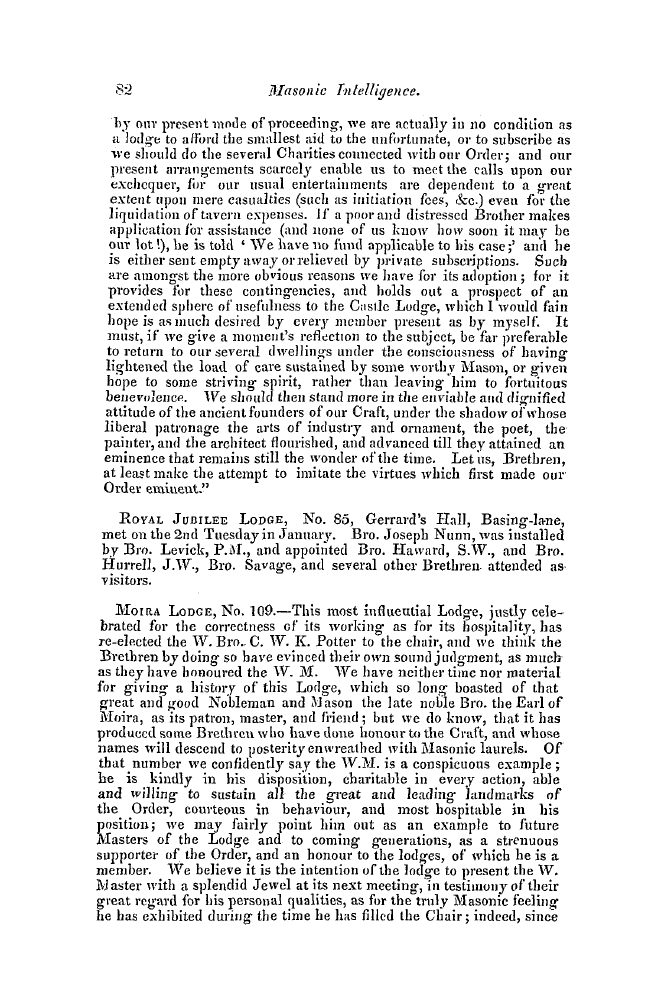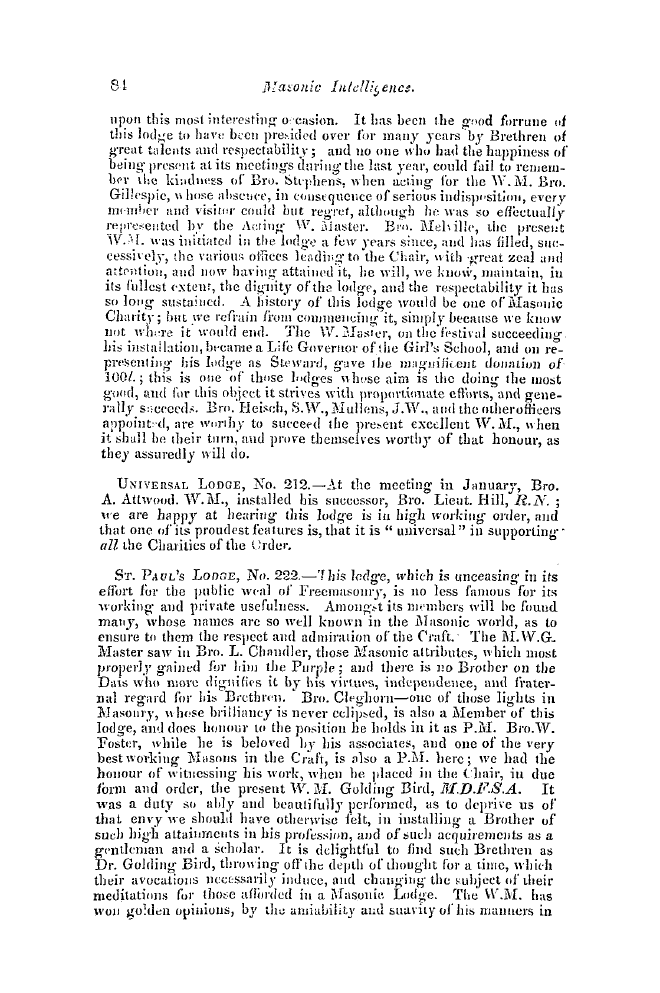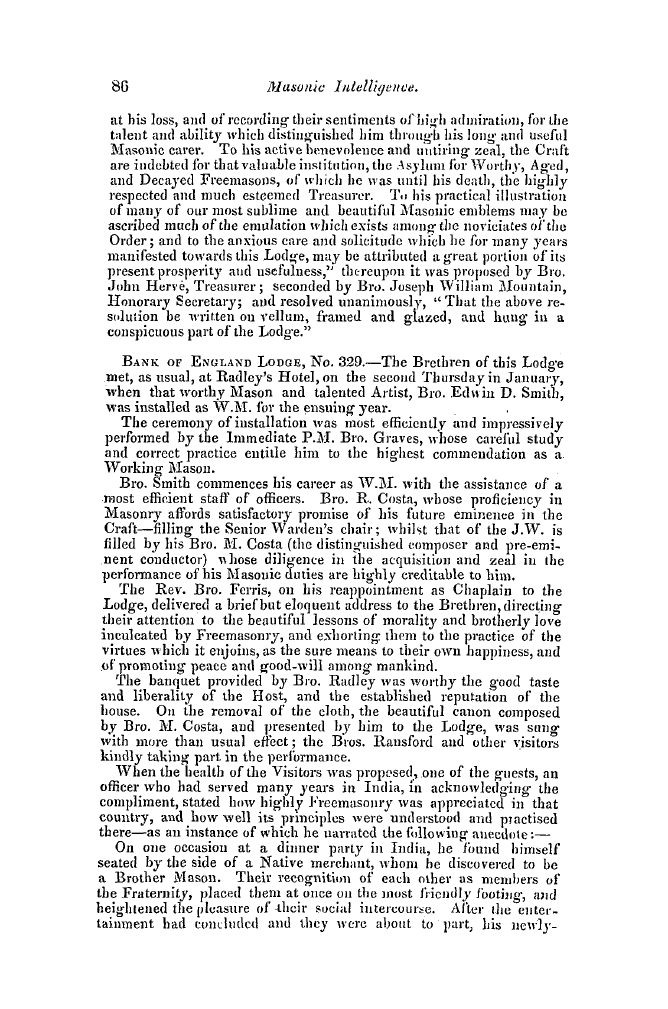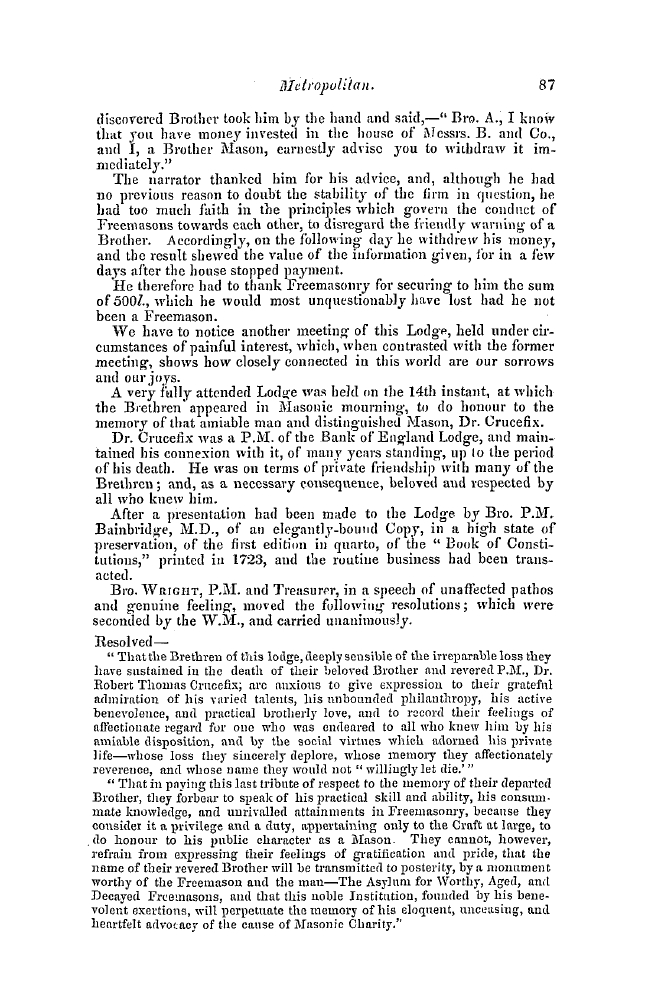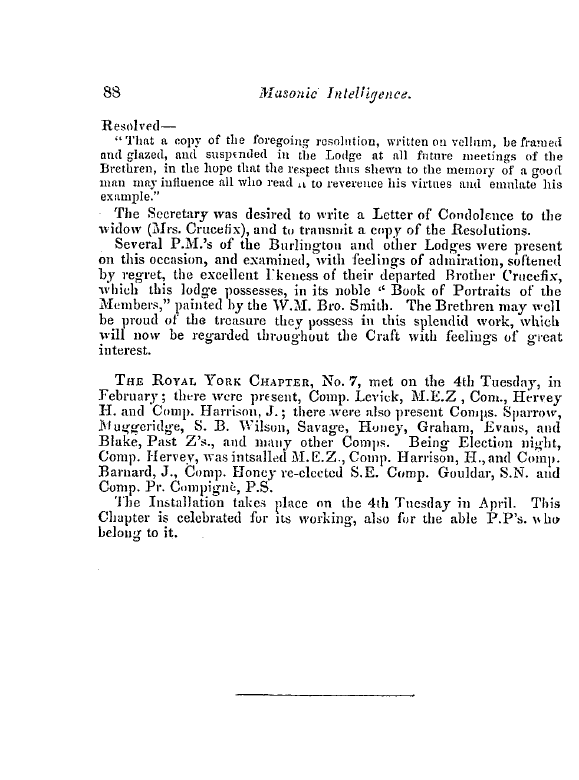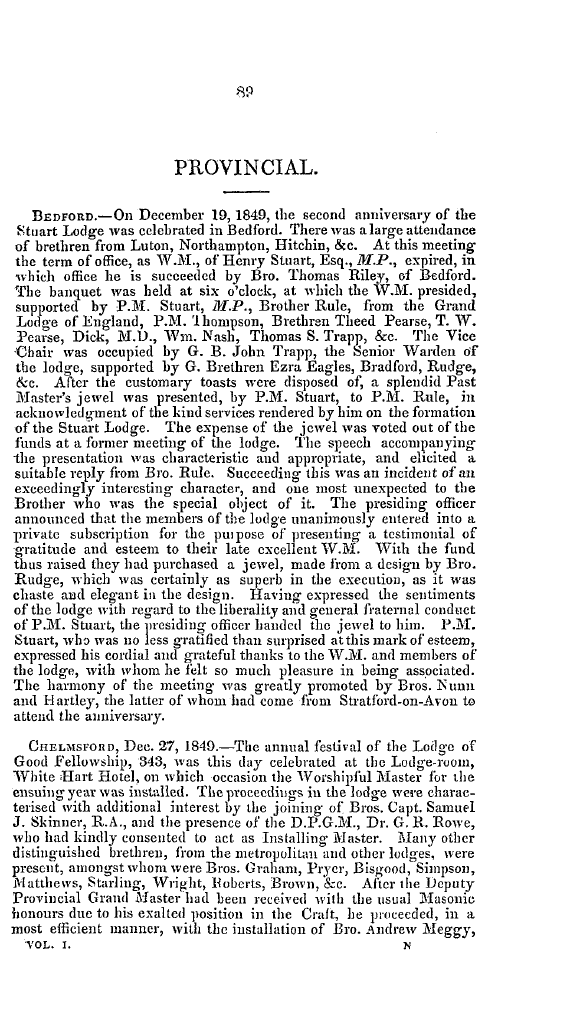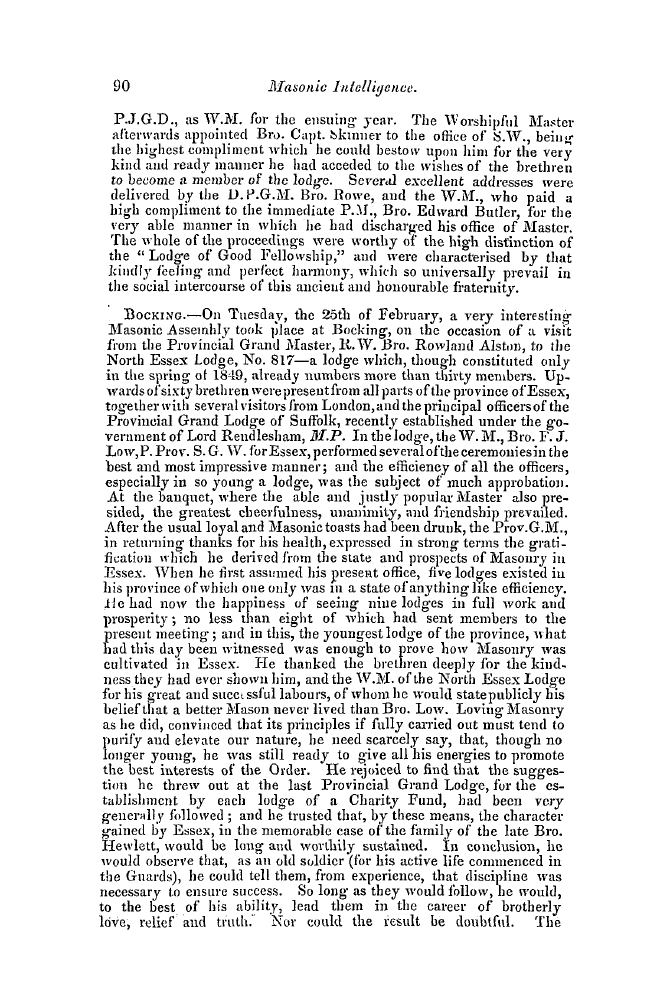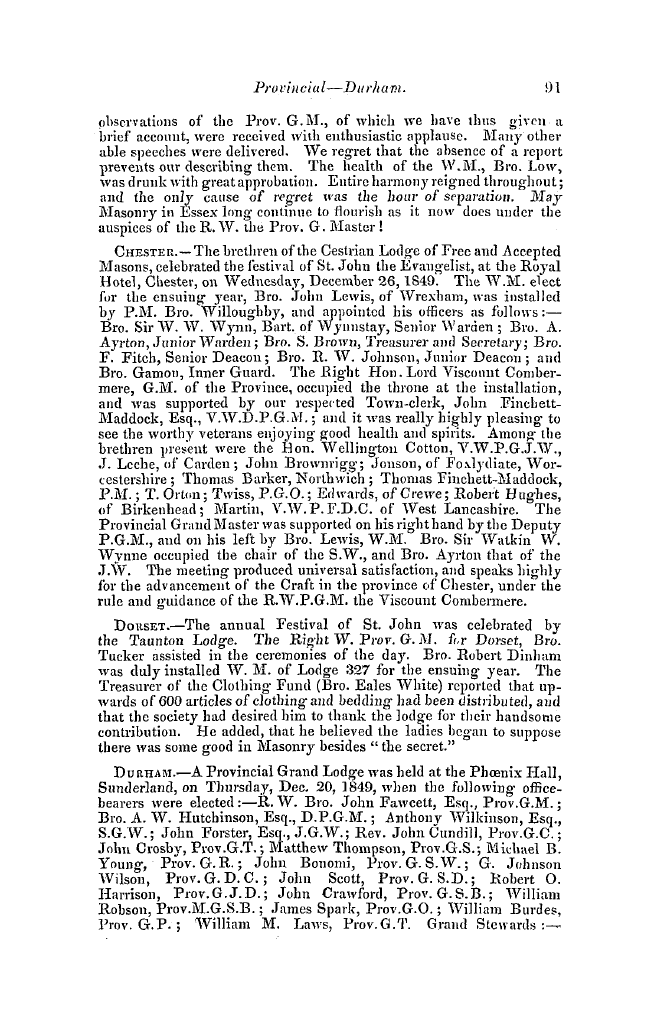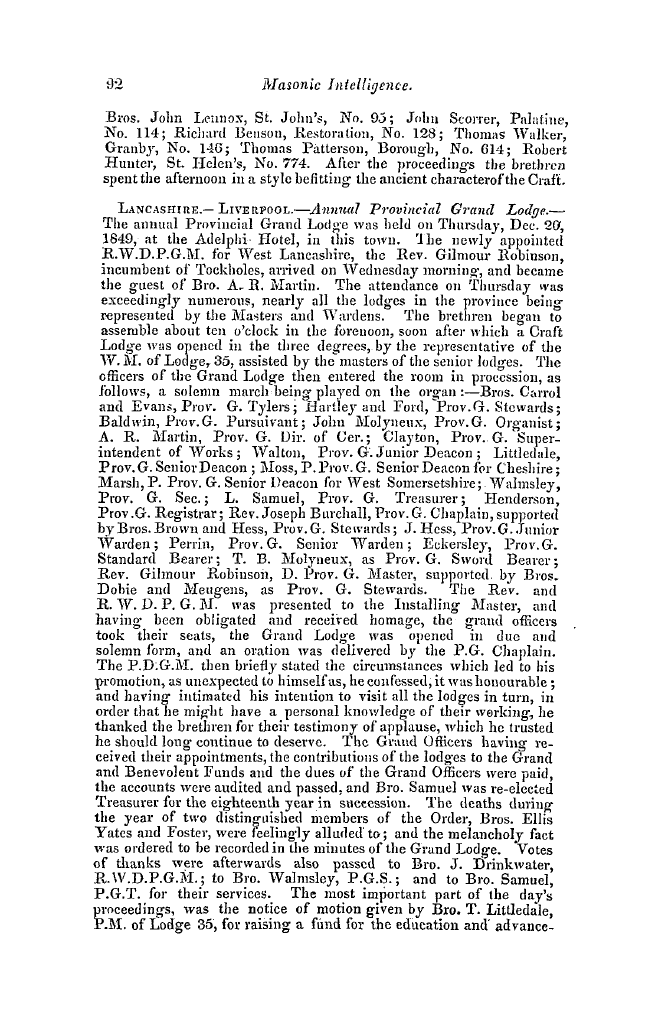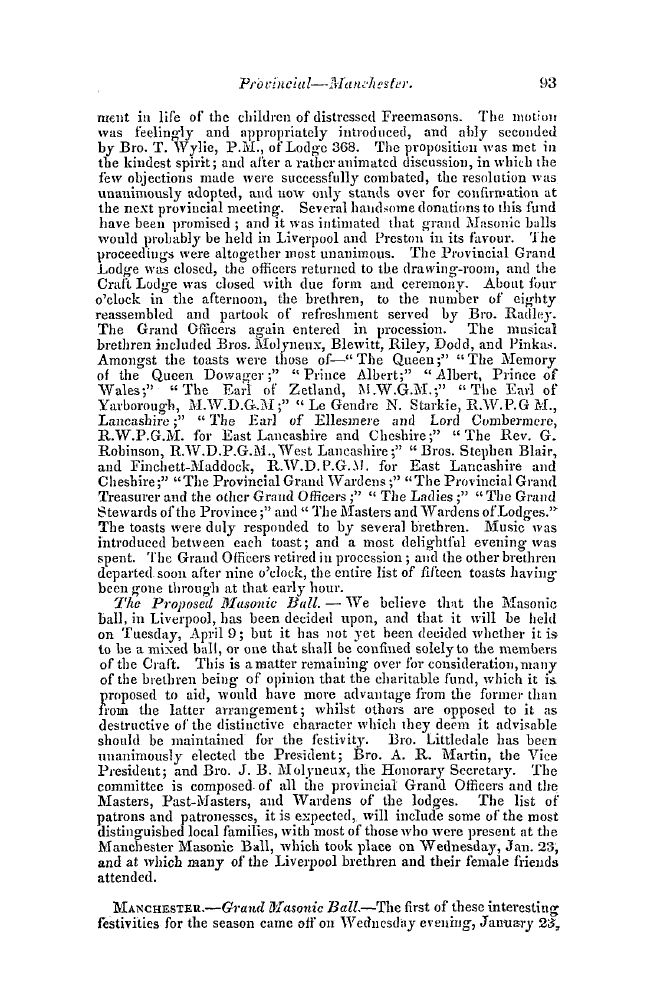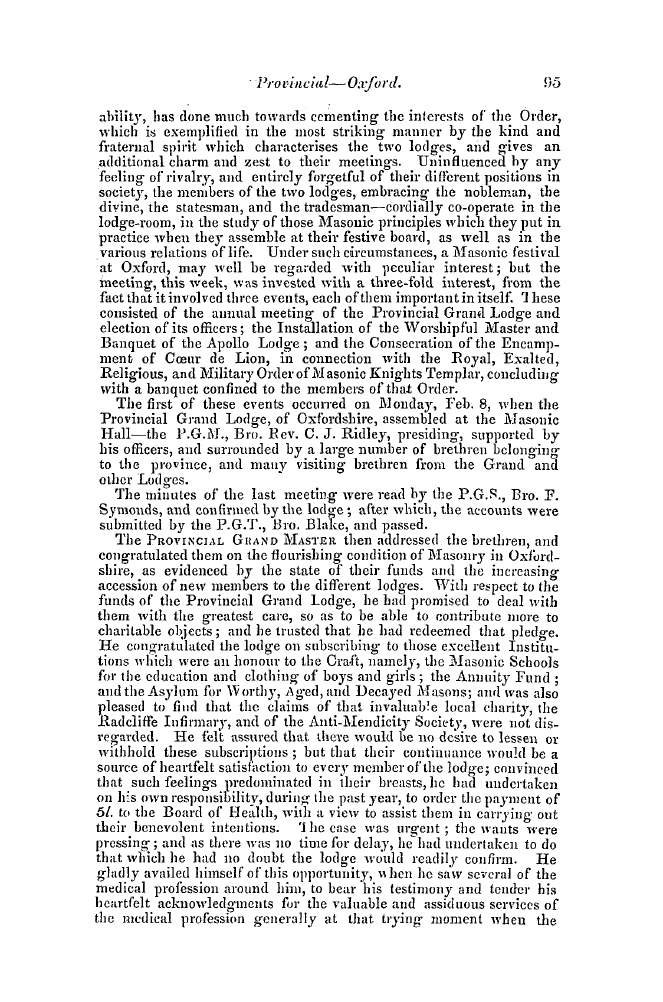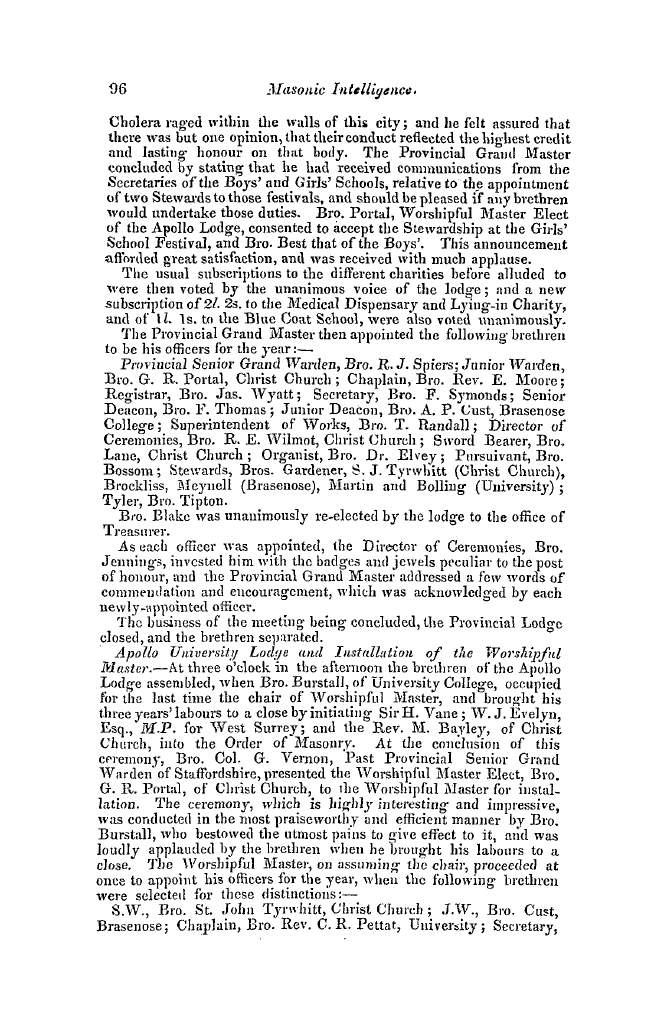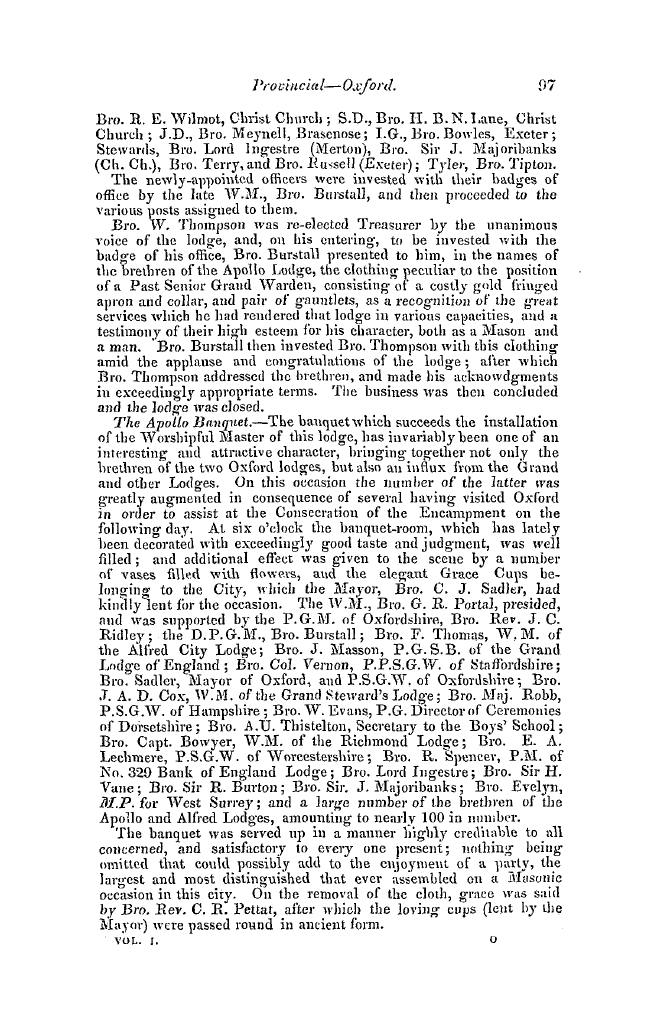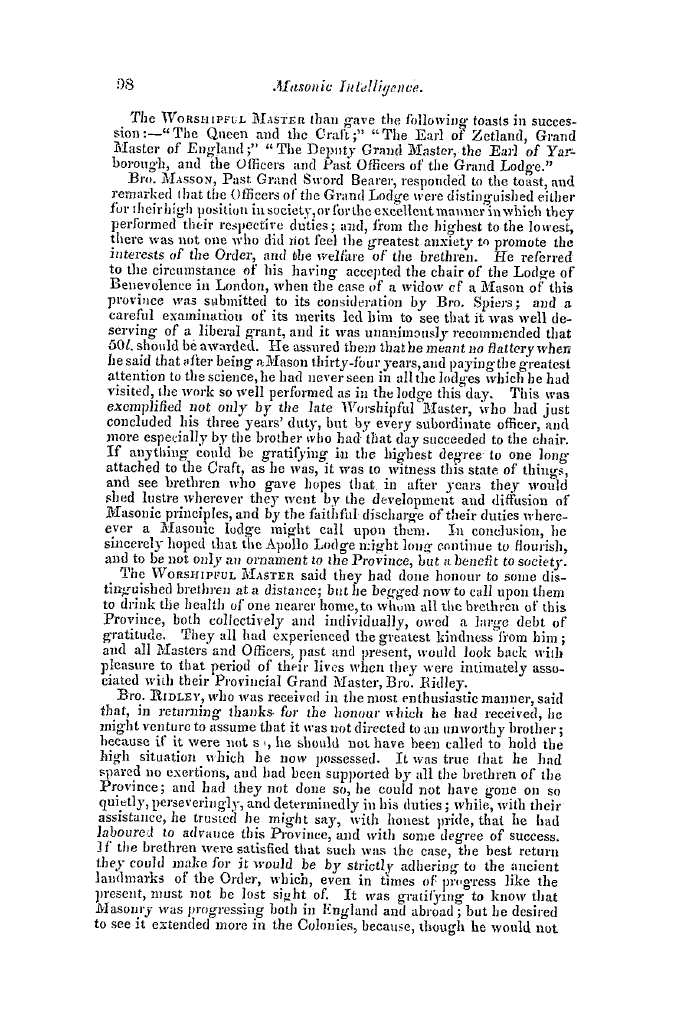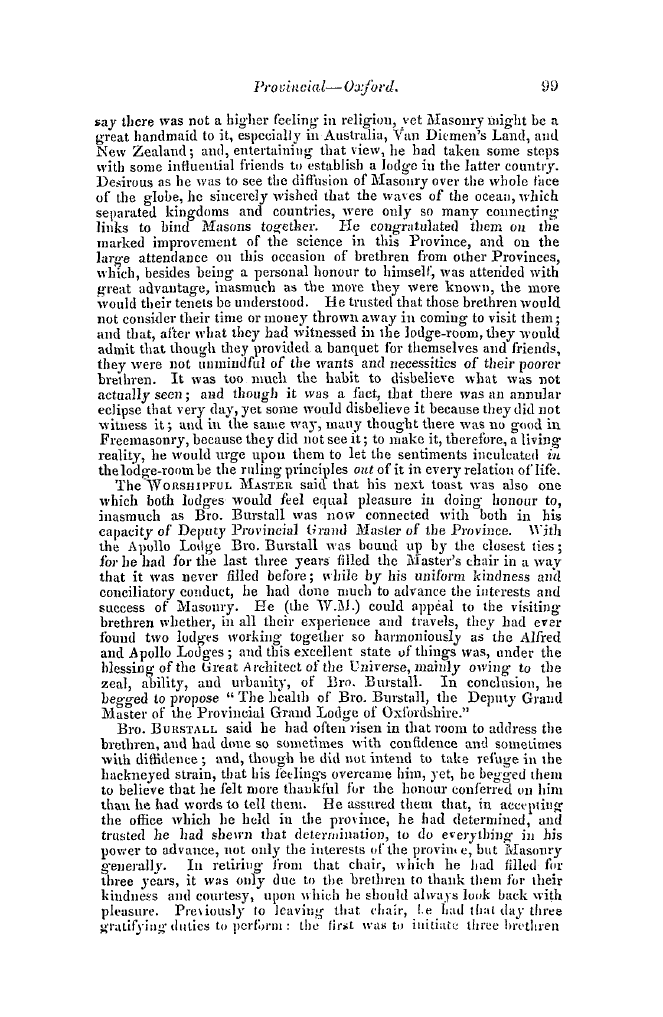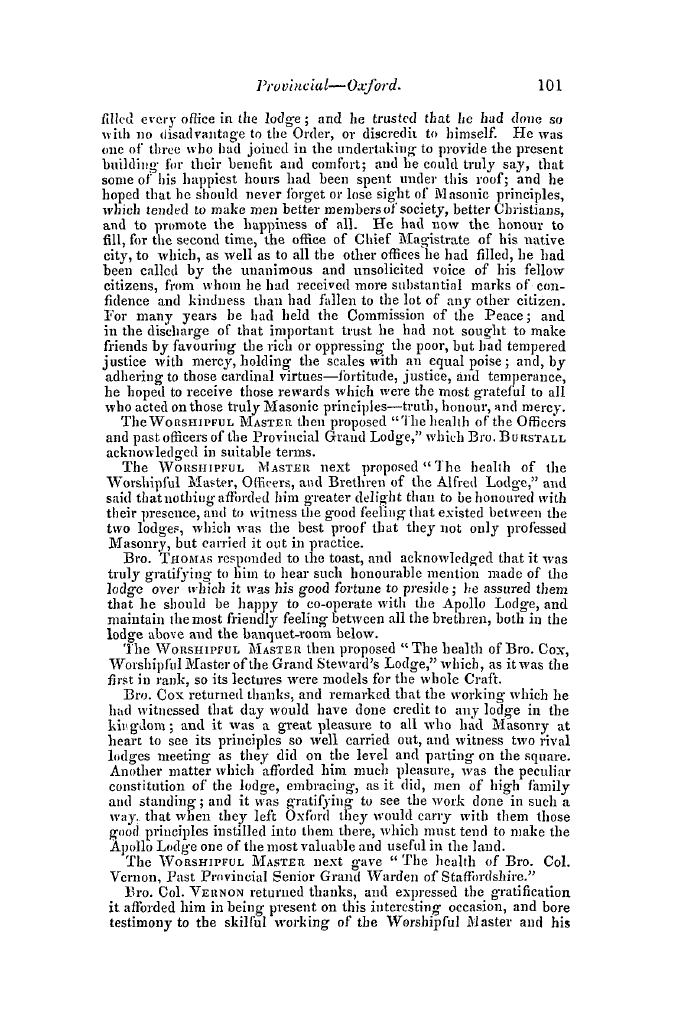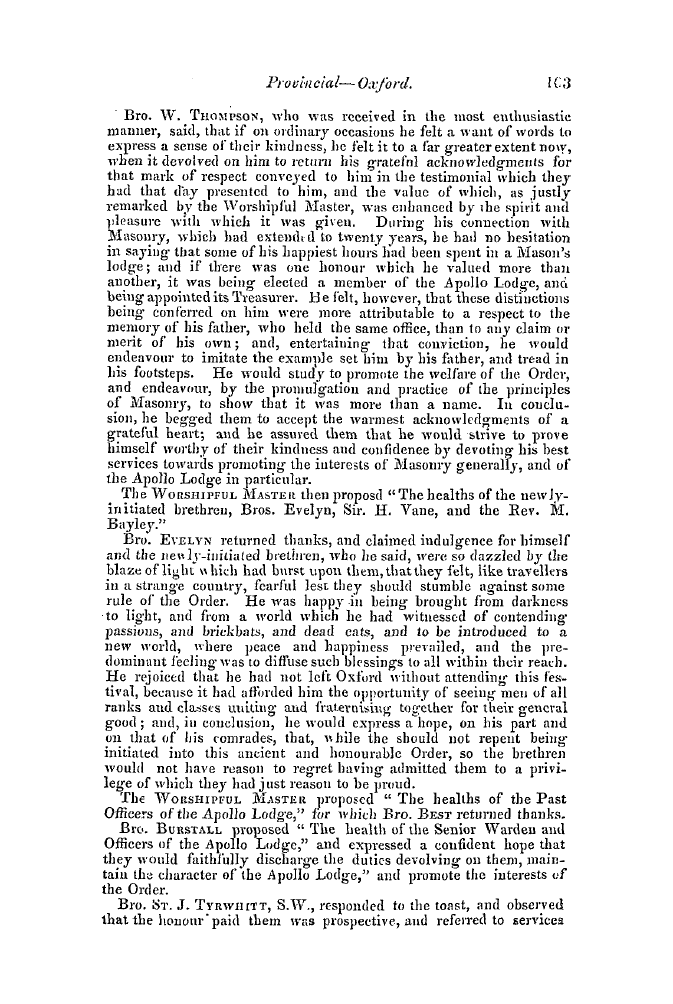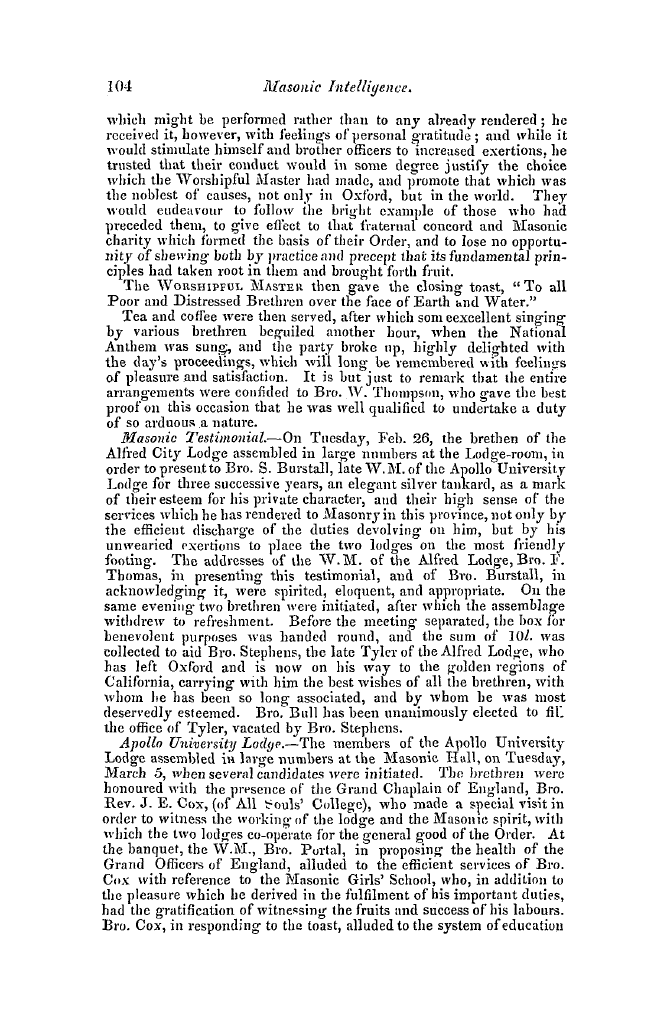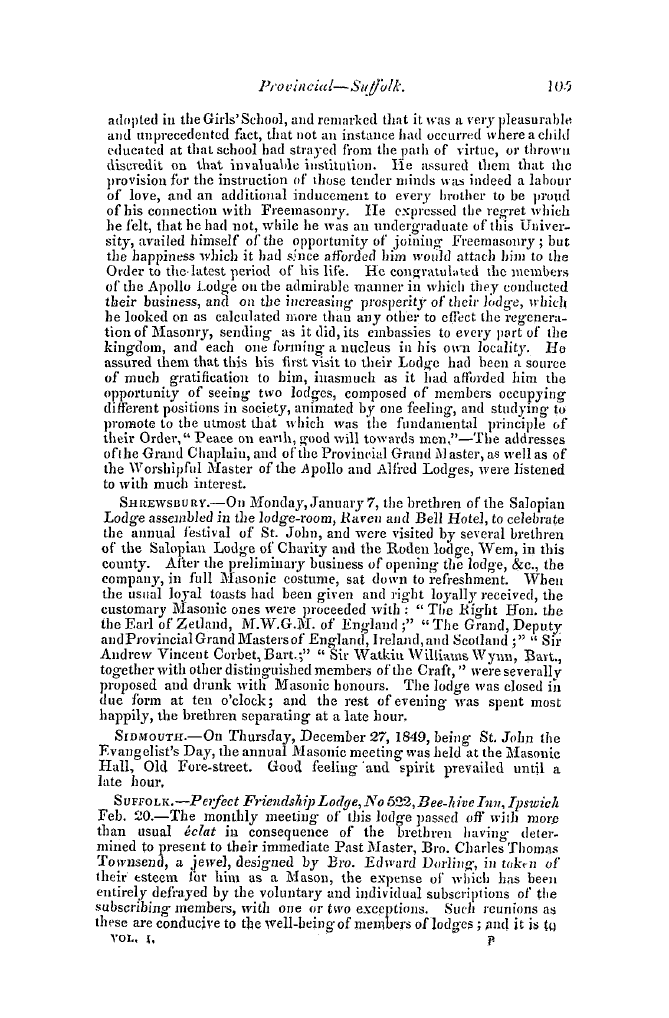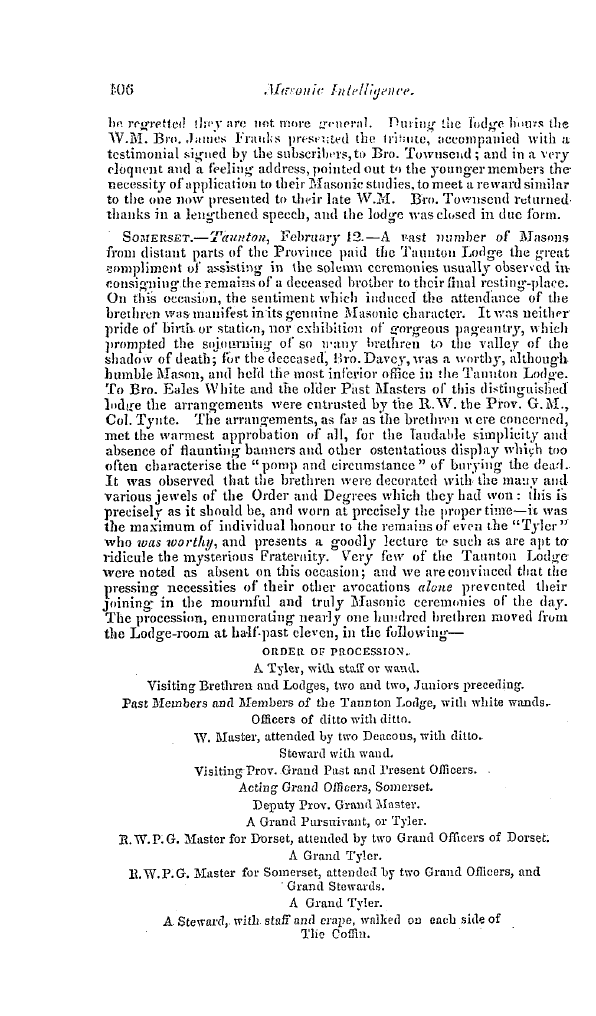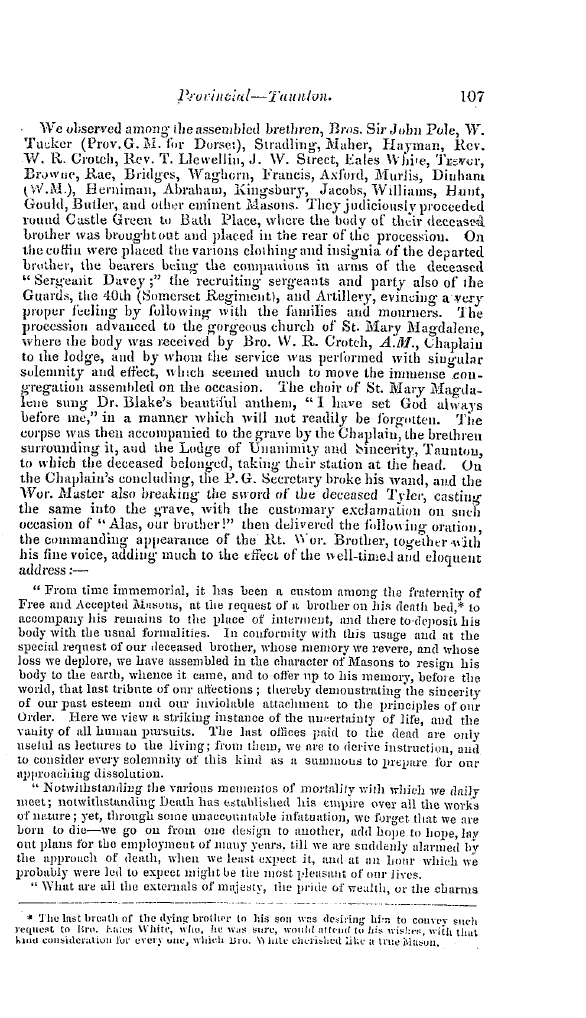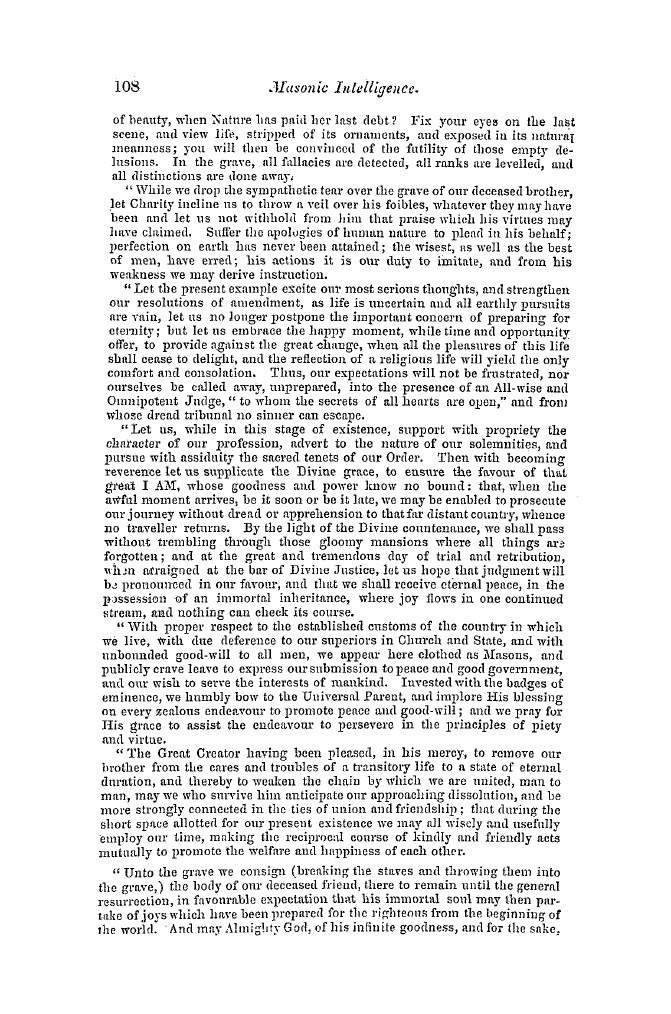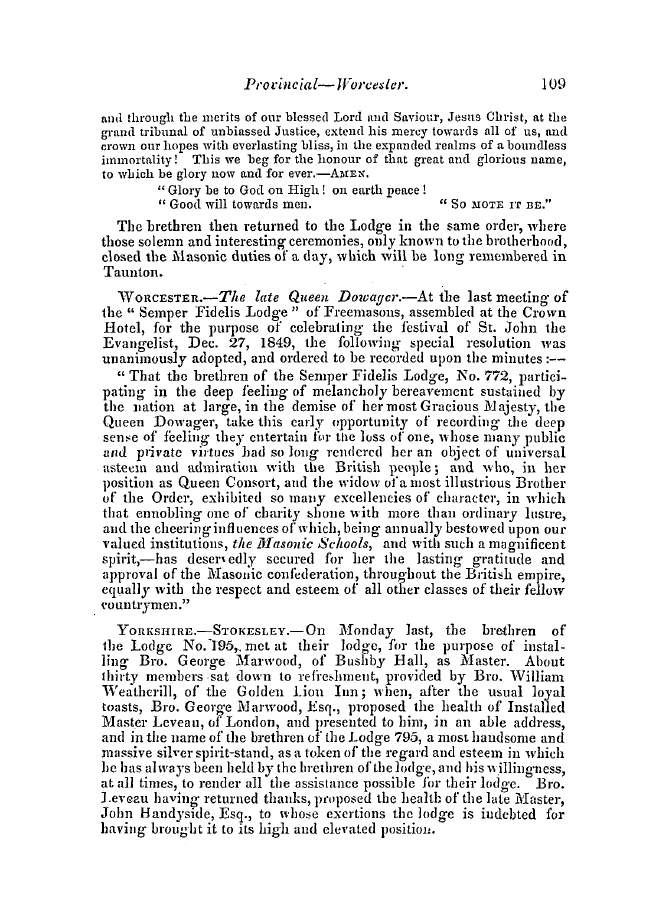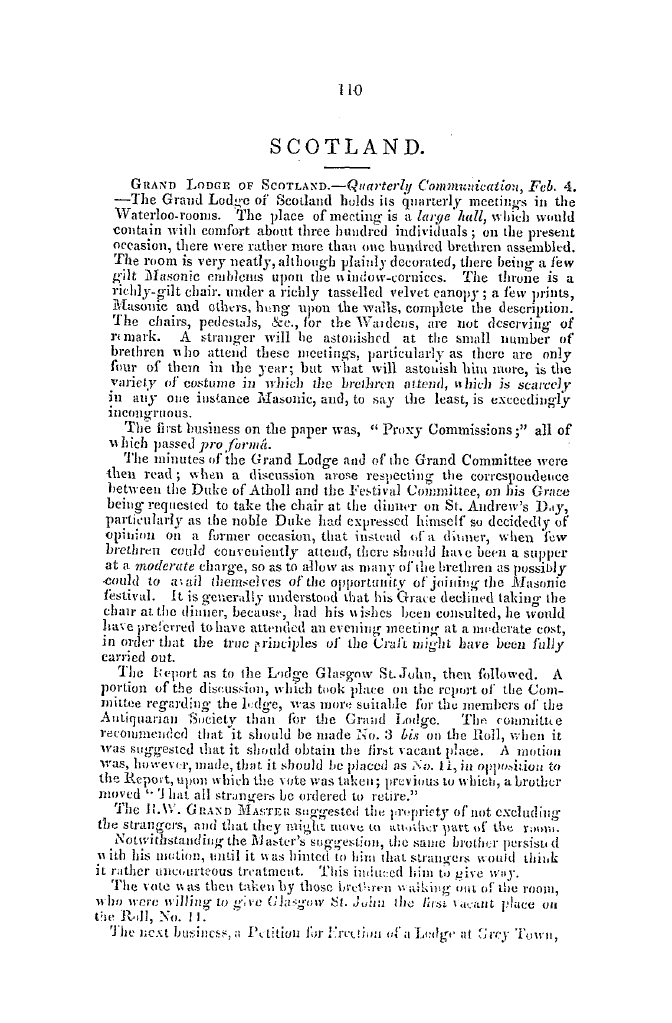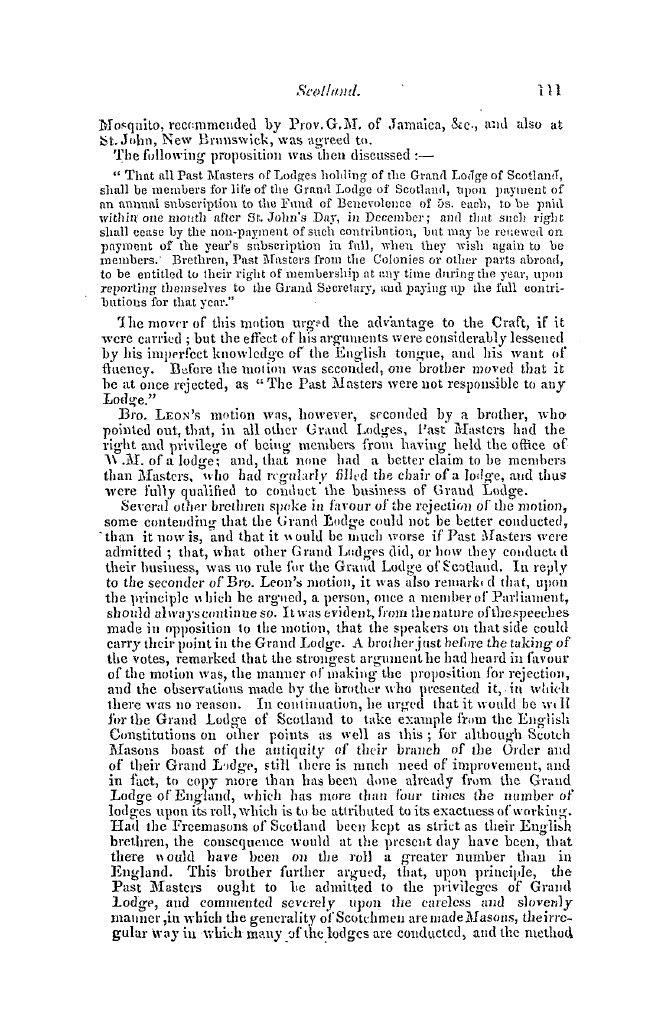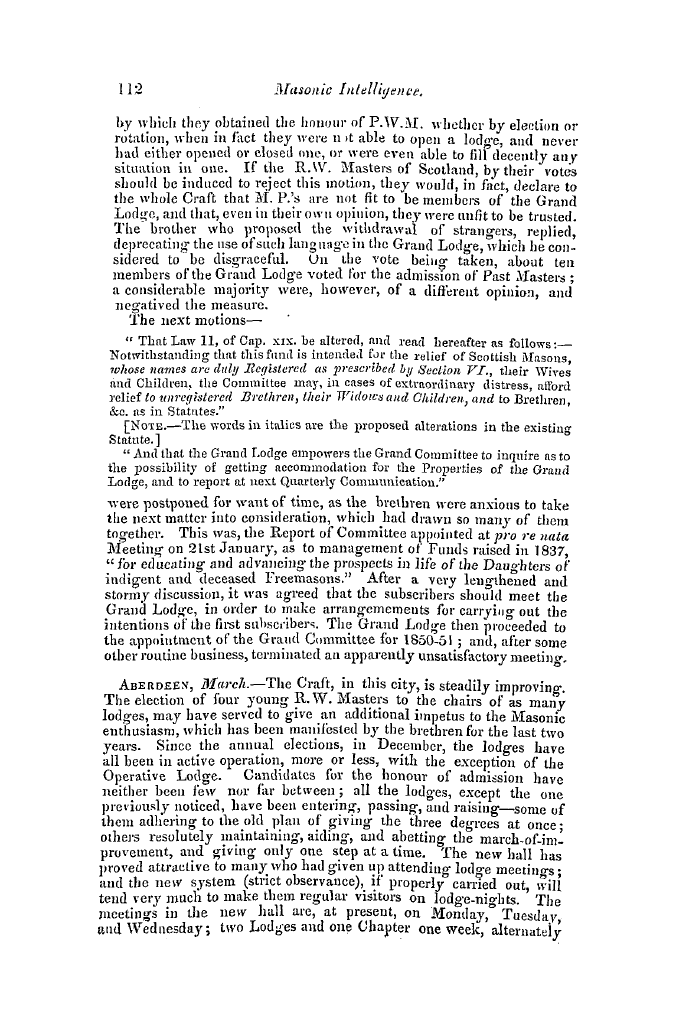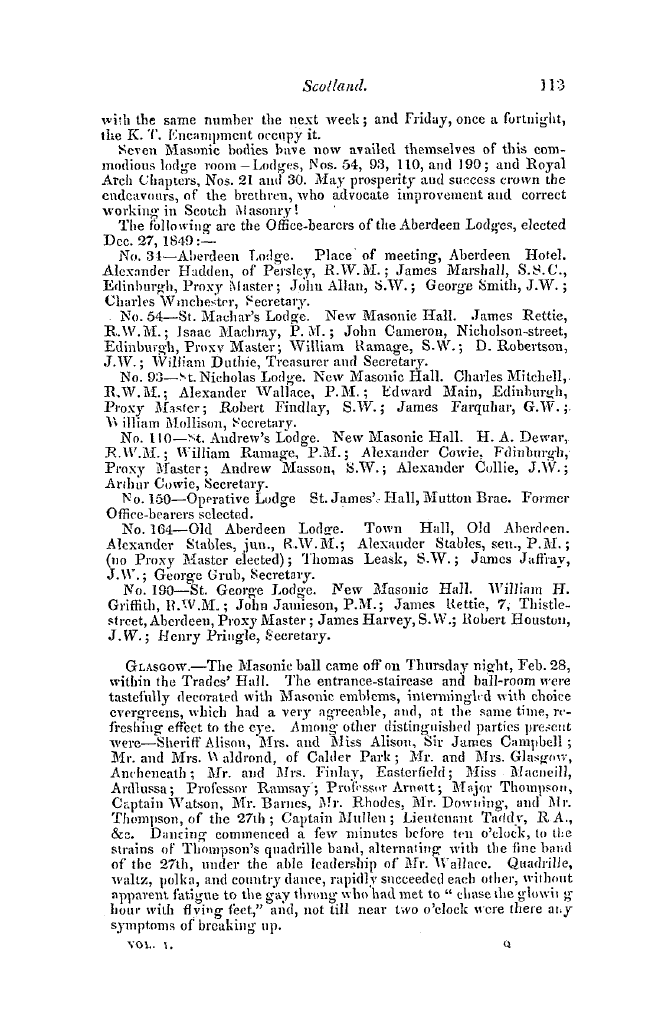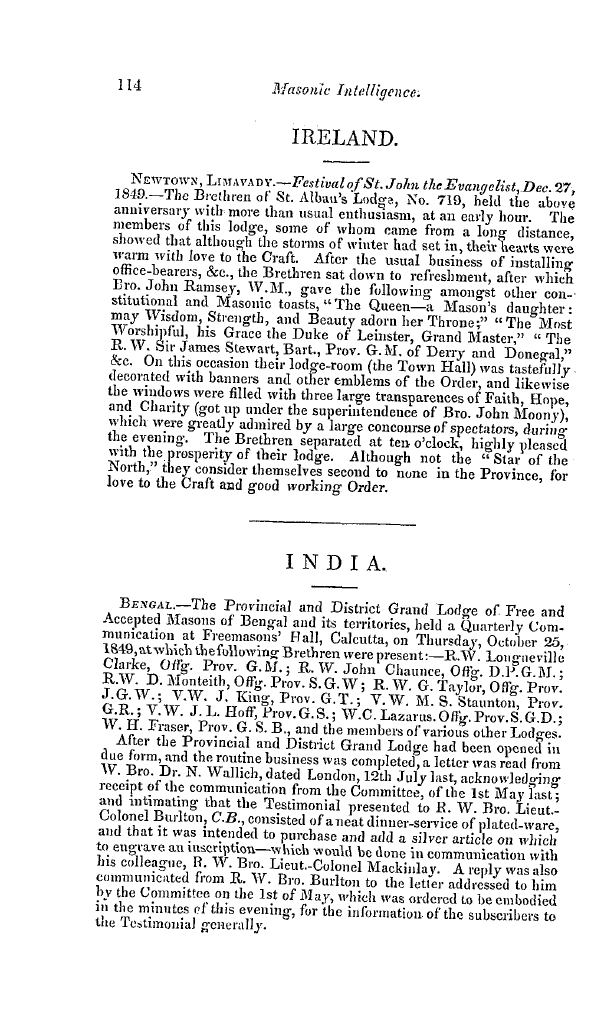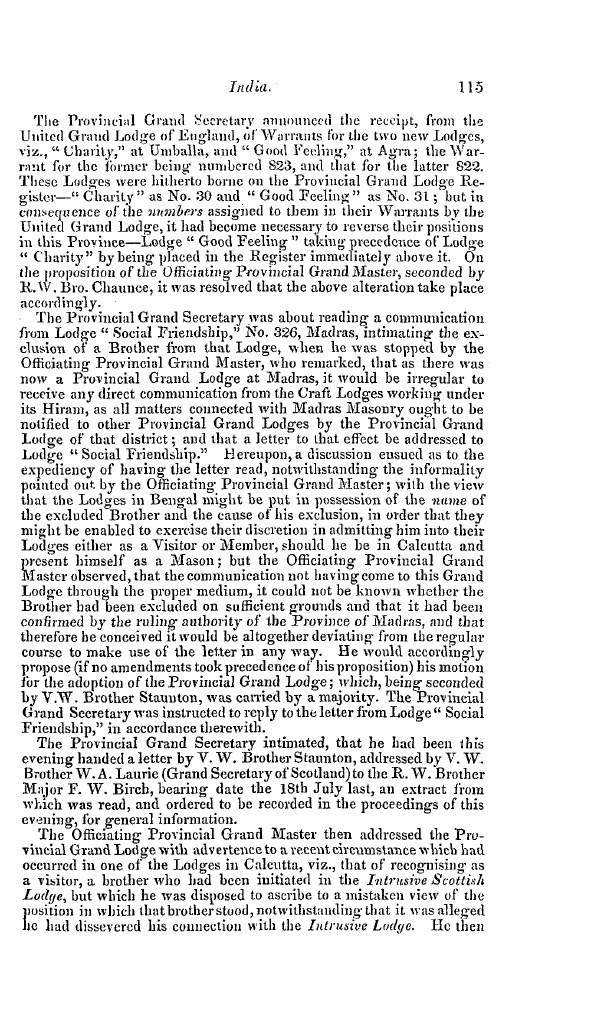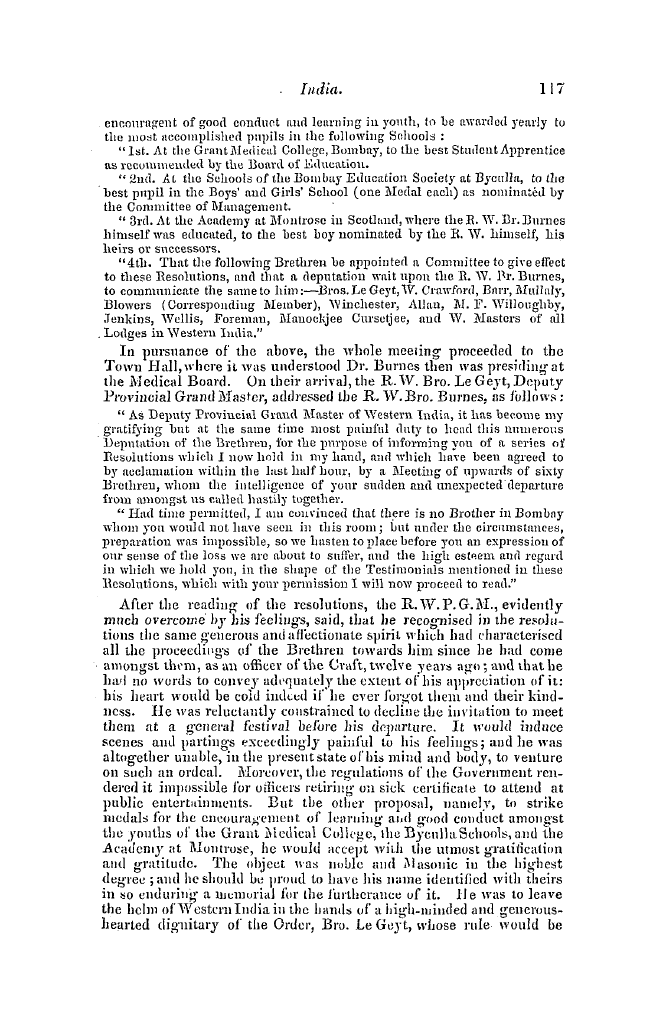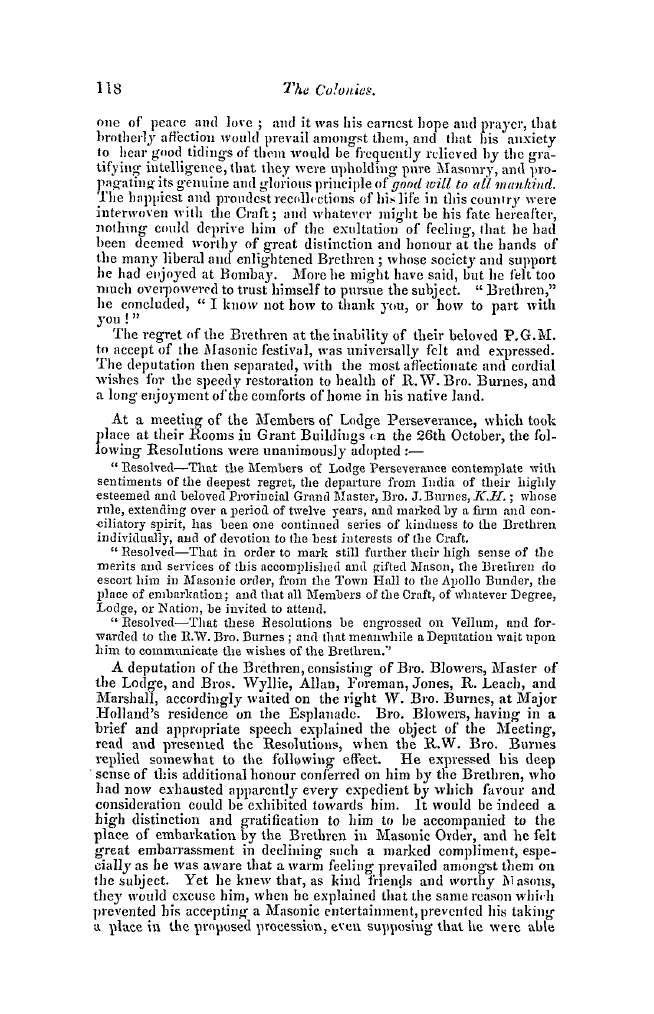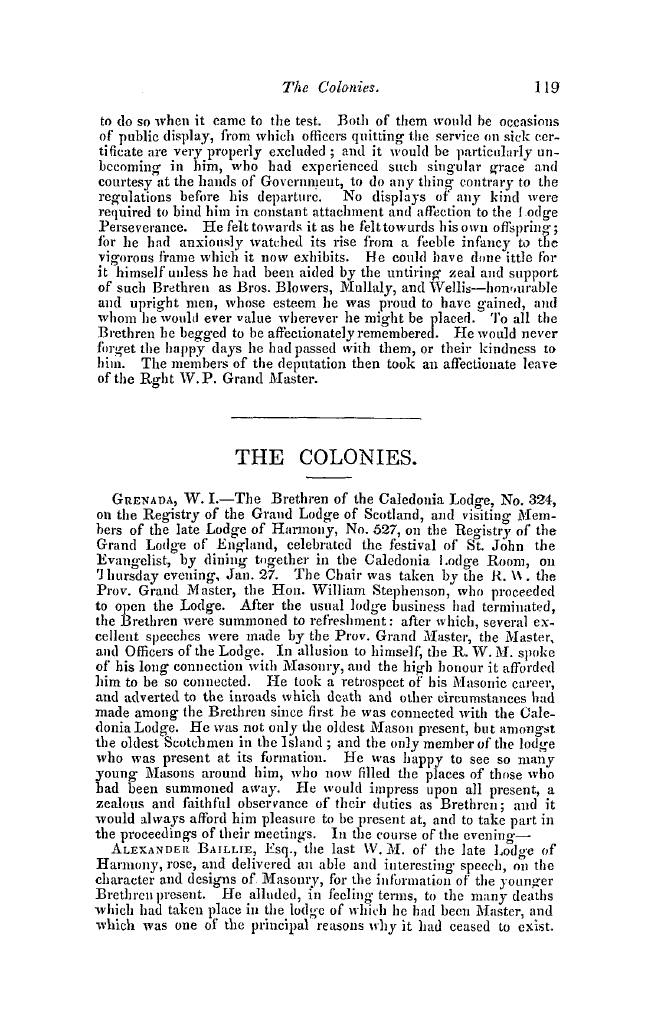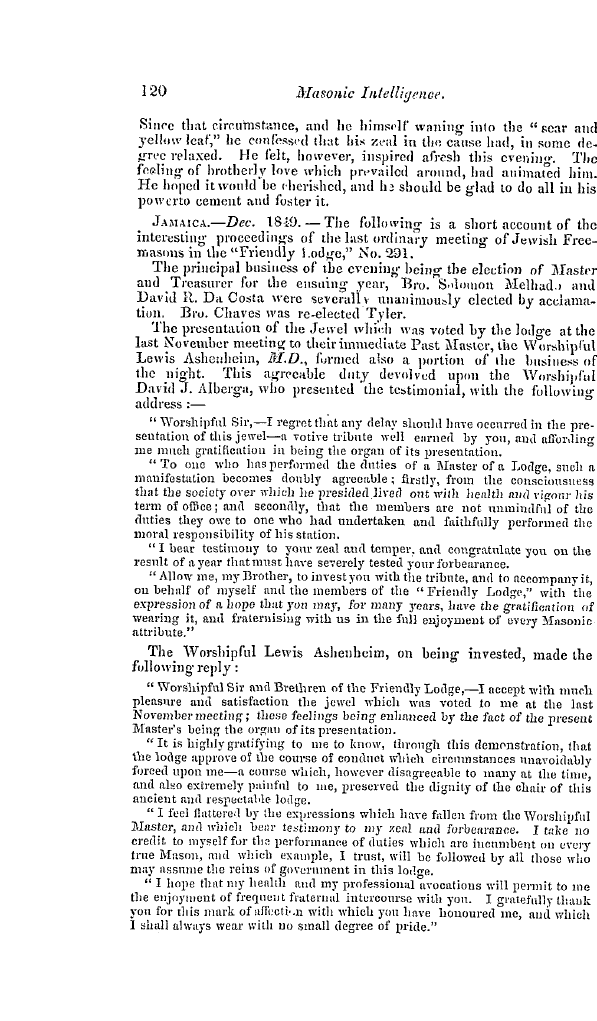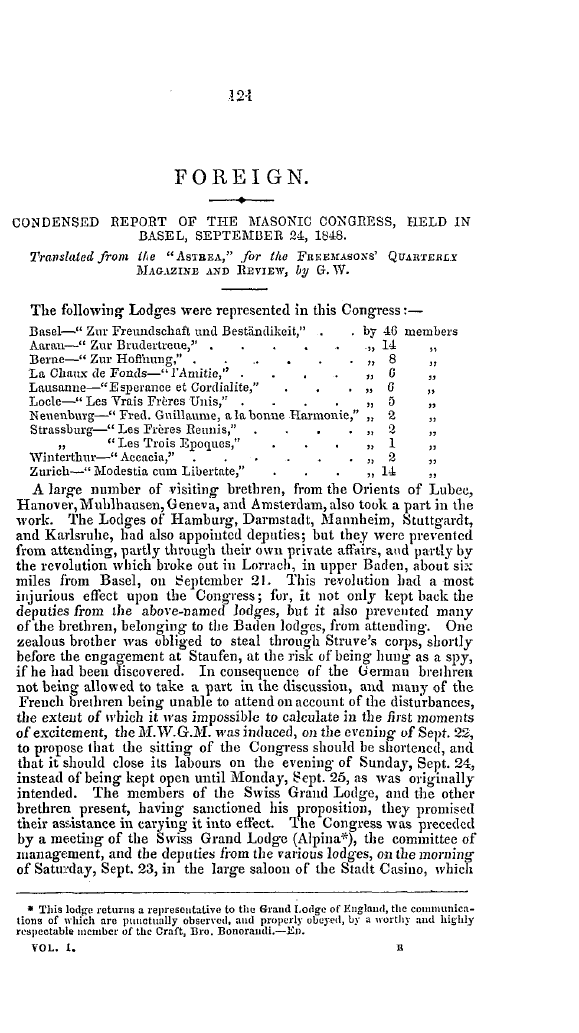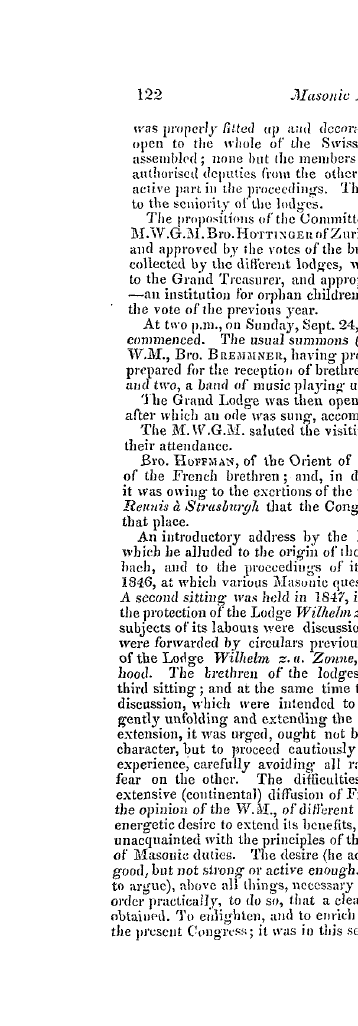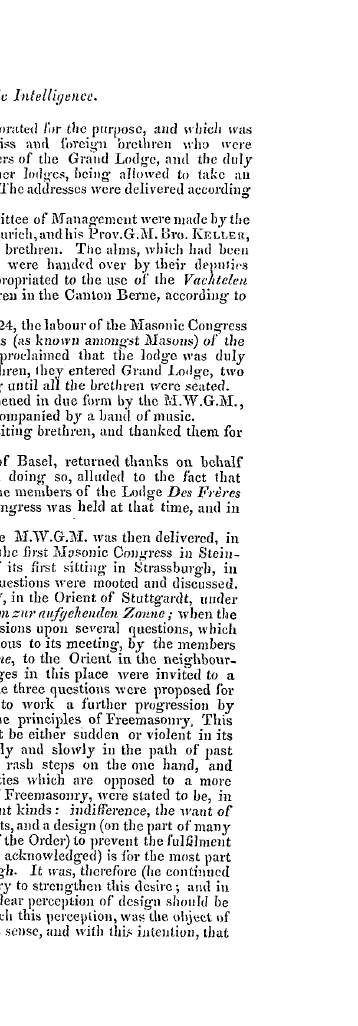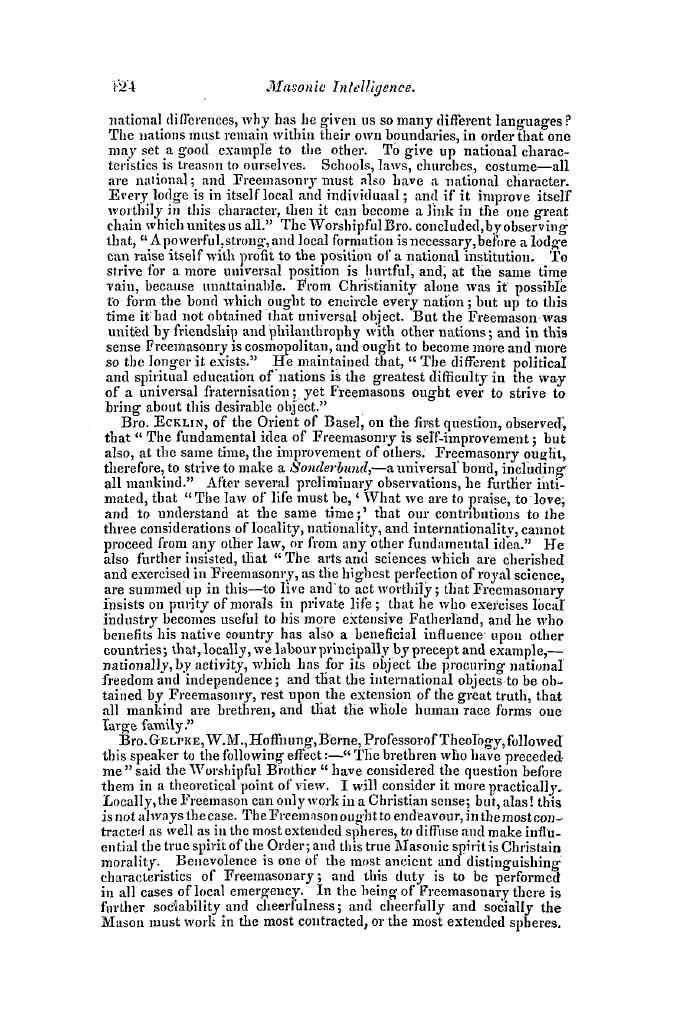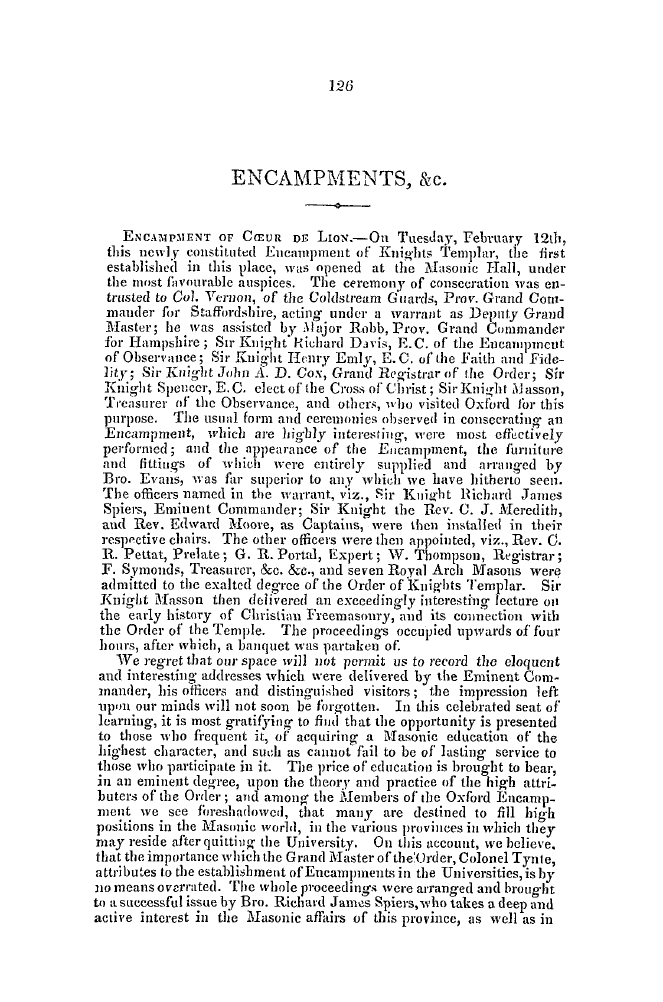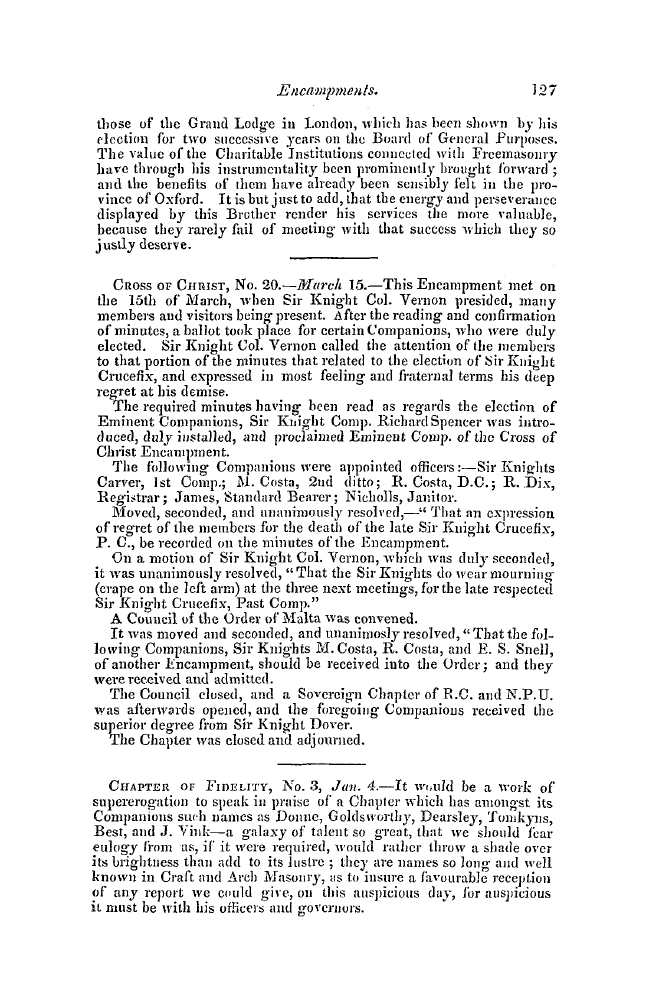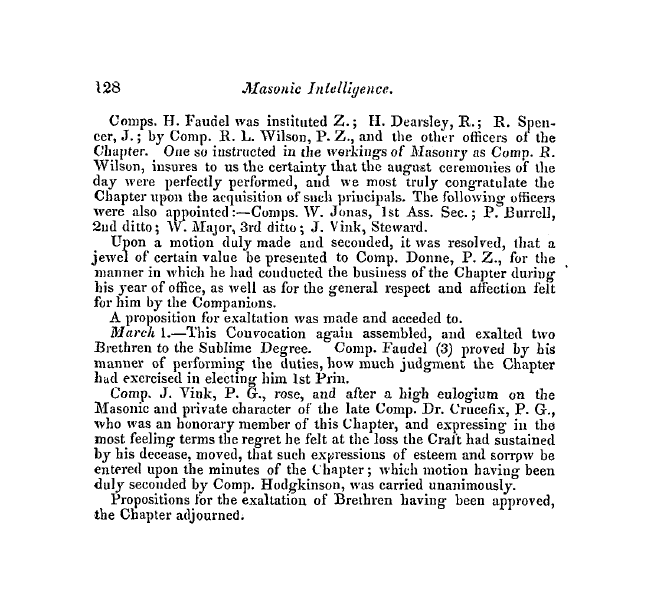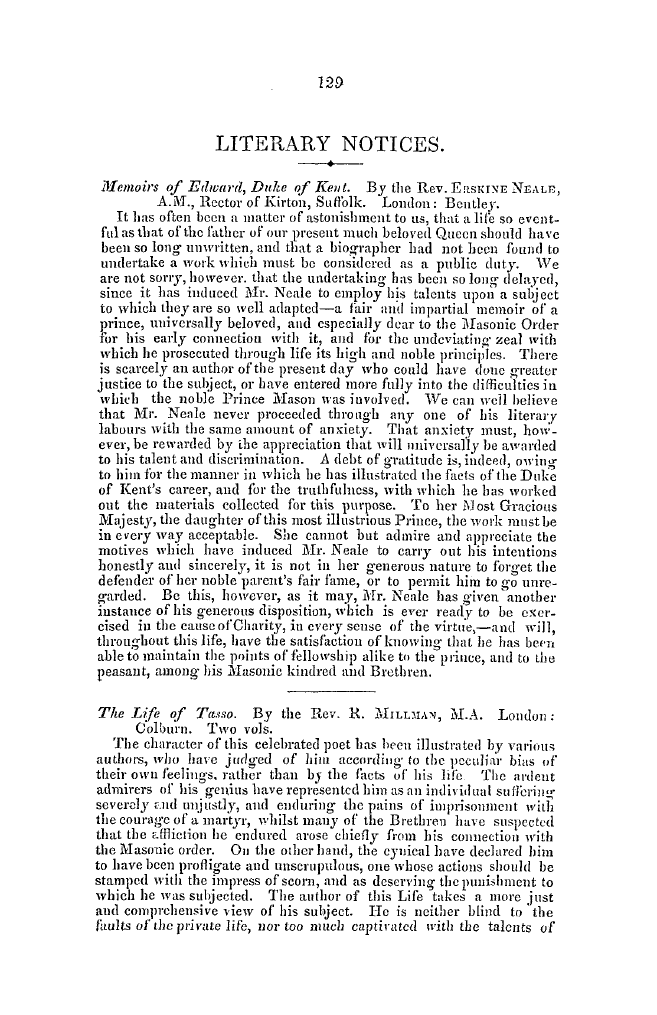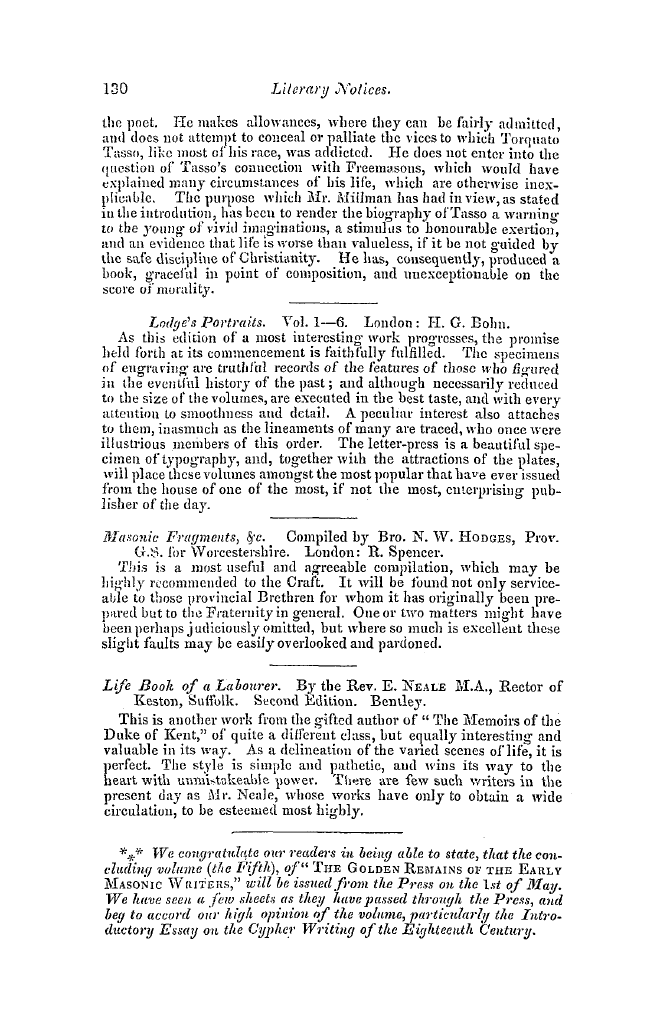-
Articles/Ads
Article LEGEND OF THE M.M. DEGREE. ← Page 3 of 5 →
Note: This text has been automatically extracted via Optical Character Recognition (OCR) software.
Legend Of The M.M. Degree.
And now ivith regard to tlie religious rites practised by that Fraternity . They were various , inasmuch as the rites themselves varied in different parts of the world , though all descended from a common source , and , in their origin , bore the same reference aud esoteric
meaning . It is , however , to the rites practised in Phoenicia at that time , that we must now more particularl y refer ; aud these were the Mysteries of ADONIS . The Mysteries of Adonis were based upon the rites of Osiris , aud were brought b y the Dionysian brethren from Egypt . The original references remained the same—the name , and what may be termed some mechanical appliancesalone being- altered .
, It will be necessary to advcrt . briefly to those rites . Adonis , like Osiris , represented the Sun , personified for the purposes of the Mysteries . ADONIS , in Phoenician , as ADON in the cognate Hebrew , signifies "Lord" and "Muster . " The sun , visibly the most glorious product of creative power , diffusing light and heat around the world and drawing forth h y its beneficent influence the embryo powers of nature , was , in all ages , regarded as the most fitting symbol of the creative
and regenerating principle ; and thus the cultivation of the sublime doctrines of astronomy , by their perversion , gadually paved the way to superstition . The symbol ultimately received the worship due only to the Divine Essence ; and the outer world , enveloped iu the darkness of ignorance , saw merely superstitious references in the symbols ivhich , to the trul y initiated , were wise , and pure , and holy . ADONIS , thus , as a personification of the glorious luminary of heaven , gursued his annual course , speeding his brilliant track through the igns of the Zodiac , during half the year he passed through the superior hemisphere , and then figuratively dwelt six months with VENUS ;
during the remaining six months , he passed through the inferior hemisphere , ancl then figuratively dwelt with PIIOSERPINE . Philosopbeisgave the name of VENUS to the northern or superior hemisphere , and PROSER - PINE to that of the southern or inferior . Thus it is , that the mythological fables of antiquity receive a beautiful astronomical explanation . Now , on the approachof winter , when the golden-tinged leaves of autumn have fallen—when the acorn drops from tiie tree and the wild boar rushes
through the forest , Adonis leaves the embrace of Venus and undergoes a figurative death while passing through the inferior Signs . The Boar is the emblem of winter ; and , as in winter the sun loses light and heat —effects wliich death produces upon animated beings , Adonis , as the sun , is thus figuratively wounded by the Boar . VENUS ( then representing Nature ) is in tears—the fountains overflow ; and the floods , tinted with red , ivhich annuall y descended from Mount Libanus , were then said '
to be coloured b y theblood ivhich flowed from the wounds of Adonis . Then it was that the celebration of the rites commenced . These ' jegan in mourning- . Adonis was slain . Loud wailings ascended from the rhrenician women , and all assumed the appearance of profound grief . But , after a time , grief is converted into joy . Adonis arises irom the tomb . Emerging from the dark regions of Proserpine , tbe icy letters of winter are brokenhe the Vernal EquinoxVenus
; passes ; again rejoices ; foliage bursts forth from the bending branches ; flowers spring from the teeming earth ; the emerald grass adorns ihe meadows ; all nature is revivified and wears an air of gladness . The resurrection of Adonis , as celebrated in the Mysteries , was therefore
Note: This text has been automatically extracted via Optical Character Recognition (OCR) software.
Legend Of The M.M. Degree.
And now ivith regard to tlie religious rites practised by that Fraternity . They were various , inasmuch as the rites themselves varied in different parts of the world , though all descended from a common source , and , in their origin , bore the same reference aud esoteric
meaning . It is , however , to the rites practised in Phoenicia at that time , that we must now more particularl y refer ; aud these were the Mysteries of ADONIS . The Mysteries of Adonis were based upon the rites of Osiris , aud were brought b y the Dionysian brethren from Egypt . The original references remained the same—the name , and what may be termed some mechanical appliancesalone being- altered .
, It will be necessary to advcrt . briefly to those rites . Adonis , like Osiris , represented the Sun , personified for the purposes of the Mysteries . ADONIS , in Phoenician , as ADON in the cognate Hebrew , signifies "Lord" and "Muster . " The sun , visibly the most glorious product of creative power , diffusing light and heat around the world and drawing forth h y its beneficent influence the embryo powers of nature , was , in all ages , regarded as the most fitting symbol of the creative
and regenerating principle ; and thus the cultivation of the sublime doctrines of astronomy , by their perversion , gadually paved the way to superstition . The symbol ultimately received the worship due only to the Divine Essence ; and the outer world , enveloped iu the darkness of ignorance , saw merely superstitious references in the symbols ivhich , to the trul y initiated , were wise , and pure , and holy . ADONIS , thus , as a personification of the glorious luminary of heaven , gursued his annual course , speeding his brilliant track through the igns of the Zodiac , during half the year he passed through the superior hemisphere , and then figuratively dwelt six months with VENUS ;
during the remaining six months , he passed through the inferior hemisphere , ancl then figuratively dwelt with PIIOSERPINE . Philosopbeisgave the name of VENUS to the northern or superior hemisphere , and PROSER - PINE to that of the southern or inferior . Thus it is , that the mythological fables of antiquity receive a beautiful astronomical explanation . Now , on the approachof winter , when the golden-tinged leaves of autumn have fallen—when the acorn drops from tiie tree and the wild boar rushes
through the forest , Adonis leaves the embrace of Venus and undergoes a figurative death while passing through the inferior Signs . The Boar is the emblem of winter ; and , as in winter the sun loses light and heat —effects wliich death produces upon animated beings , Adonis , as the sun , is thus figuratively wounded by the Boar . VENUS ( then representing Nature ) is in tears—the fountains overflow ; and the floods , tinted with red , ivhich annuall y descended from Mount Libanus , were then said '
to be coloured b y theblood ivhich flowed from the wounds of Adonis . Then it was that the celebration of the rites commenced . These ' jegan in mourning- . Adonis was slain . Loud wailings ascended from the rhrenician women , and all assumed the appearance of profound grief . But , after a time , grief is converted into joy . Adonis arises irom the tomb . Emerging from the dark regions of Proserpine , tbe icy letters of winter are brokenhe the Vernal EquinoxVenus
; passes ; again rejoices ; foliage bursts forth from the bending branches ; flowers spring from the teeming earth ; the emerald grass adorns ihe meadows ; all nature is revivified and wears an air of gladness . The resurrection of Adonis , as celebrated in the Mysteries , was therefore




























































